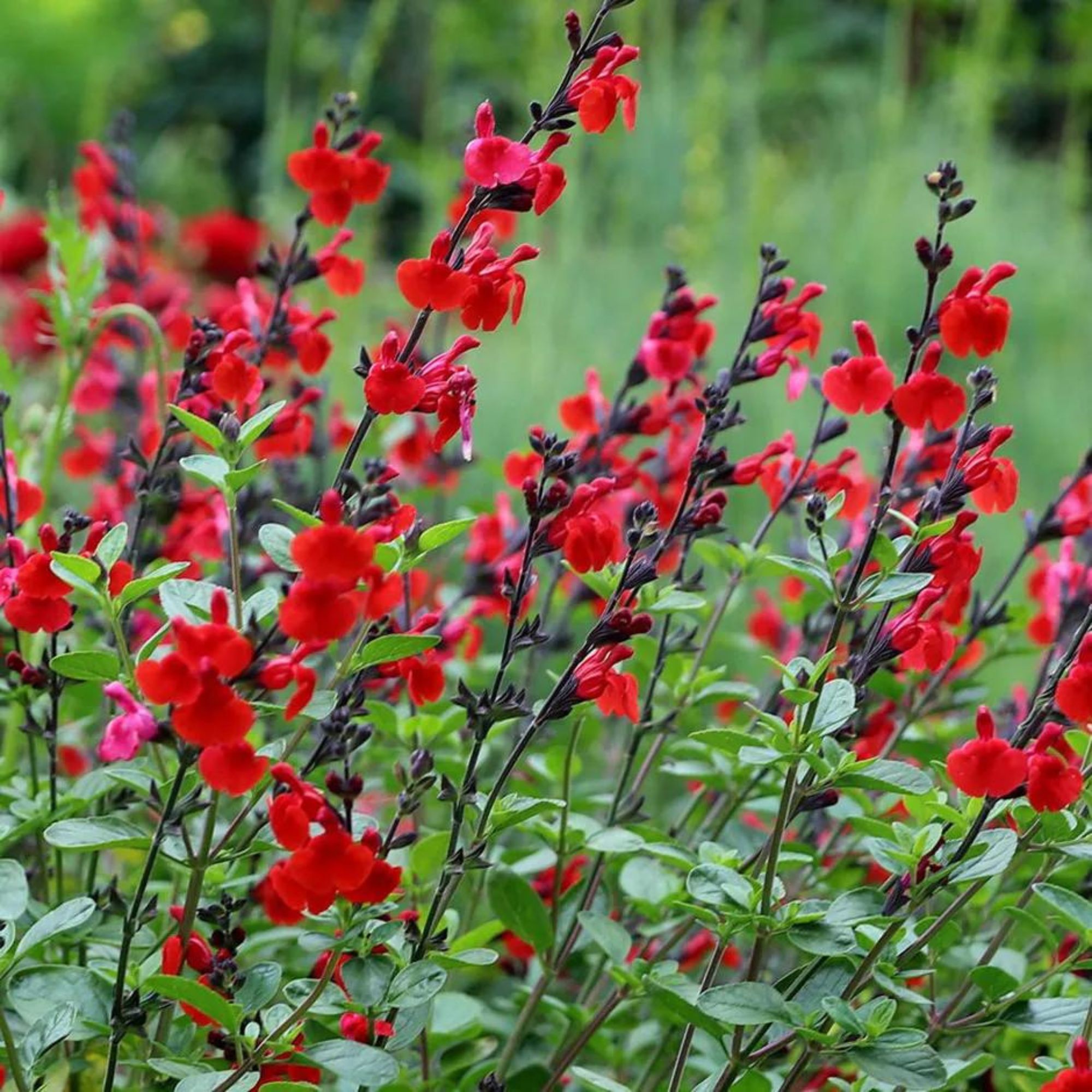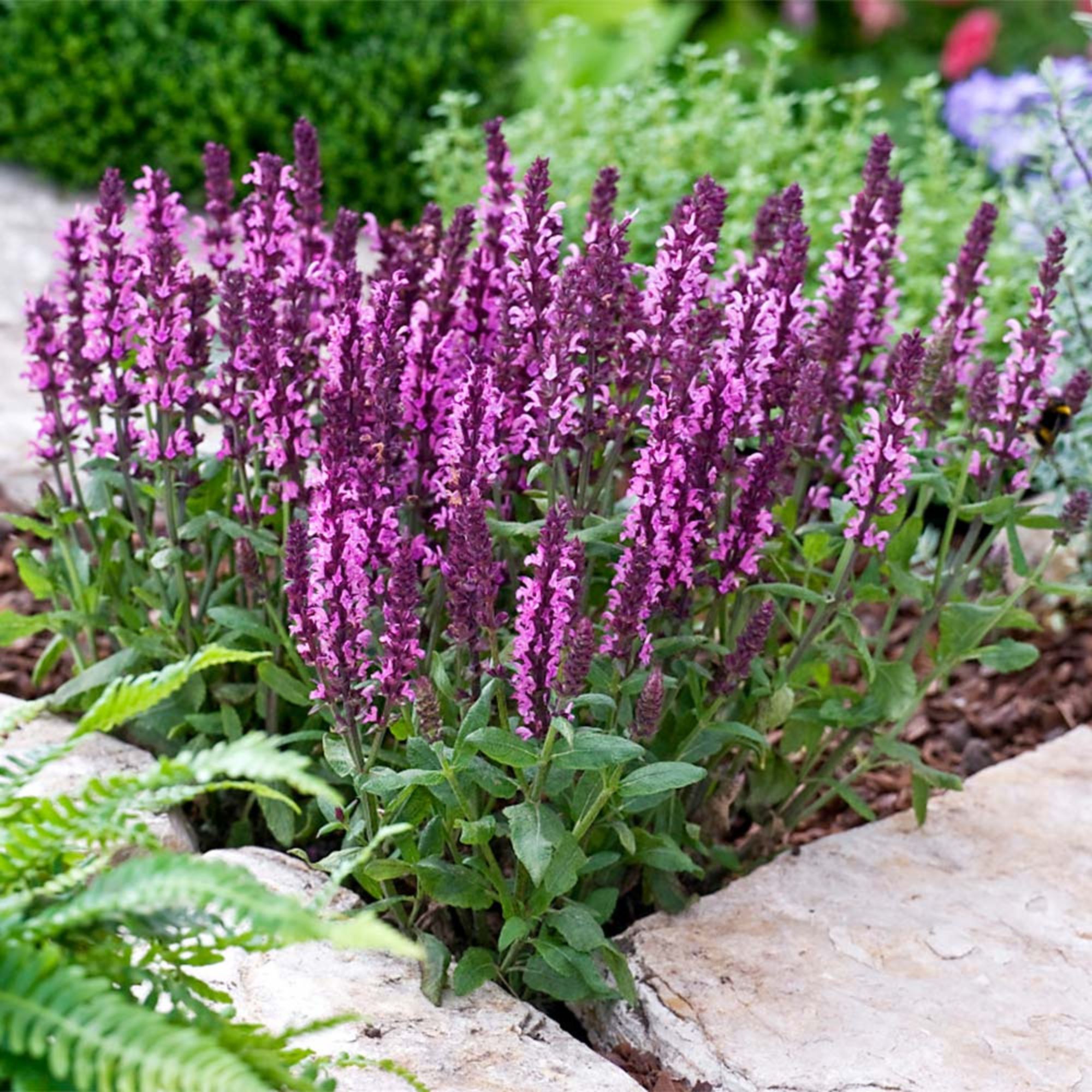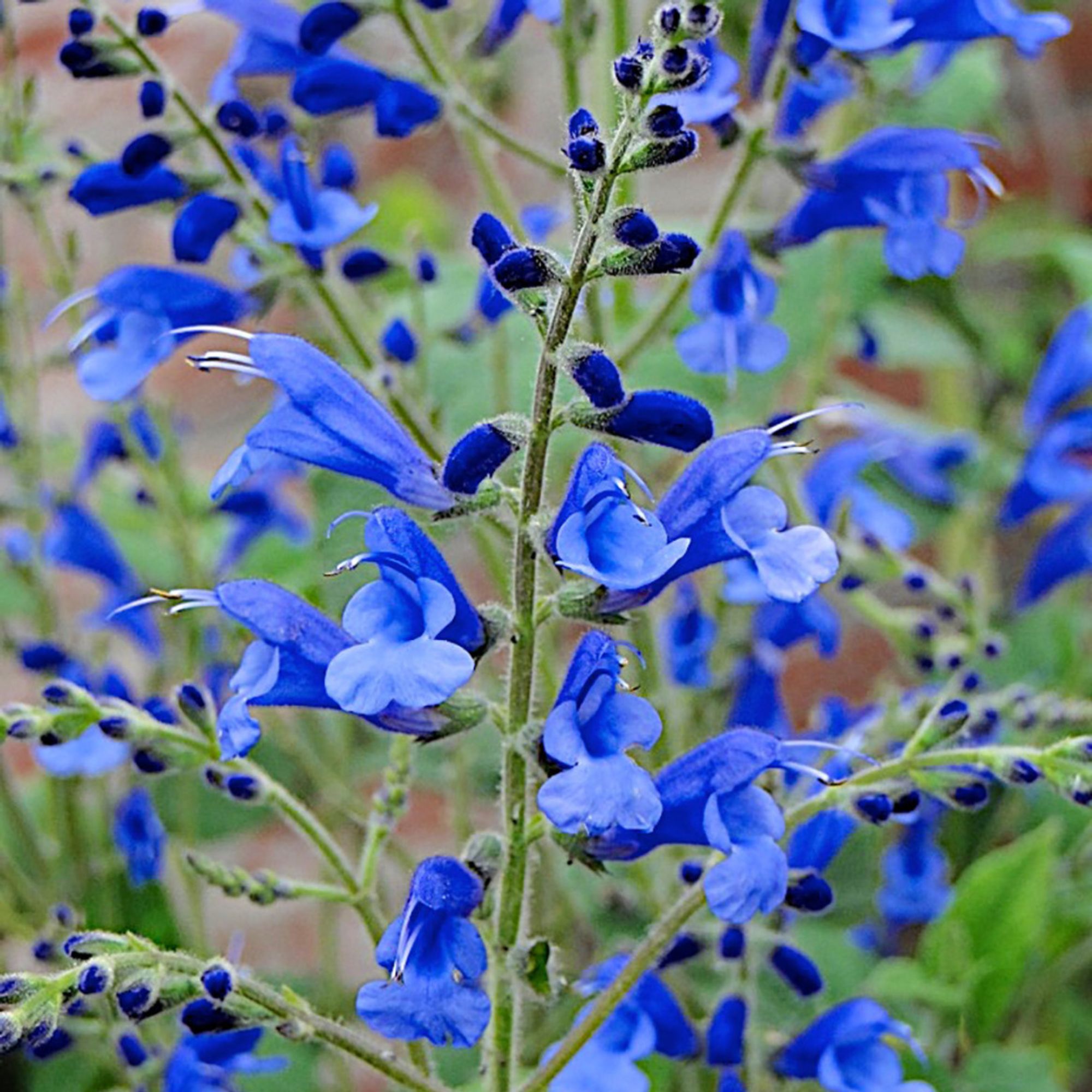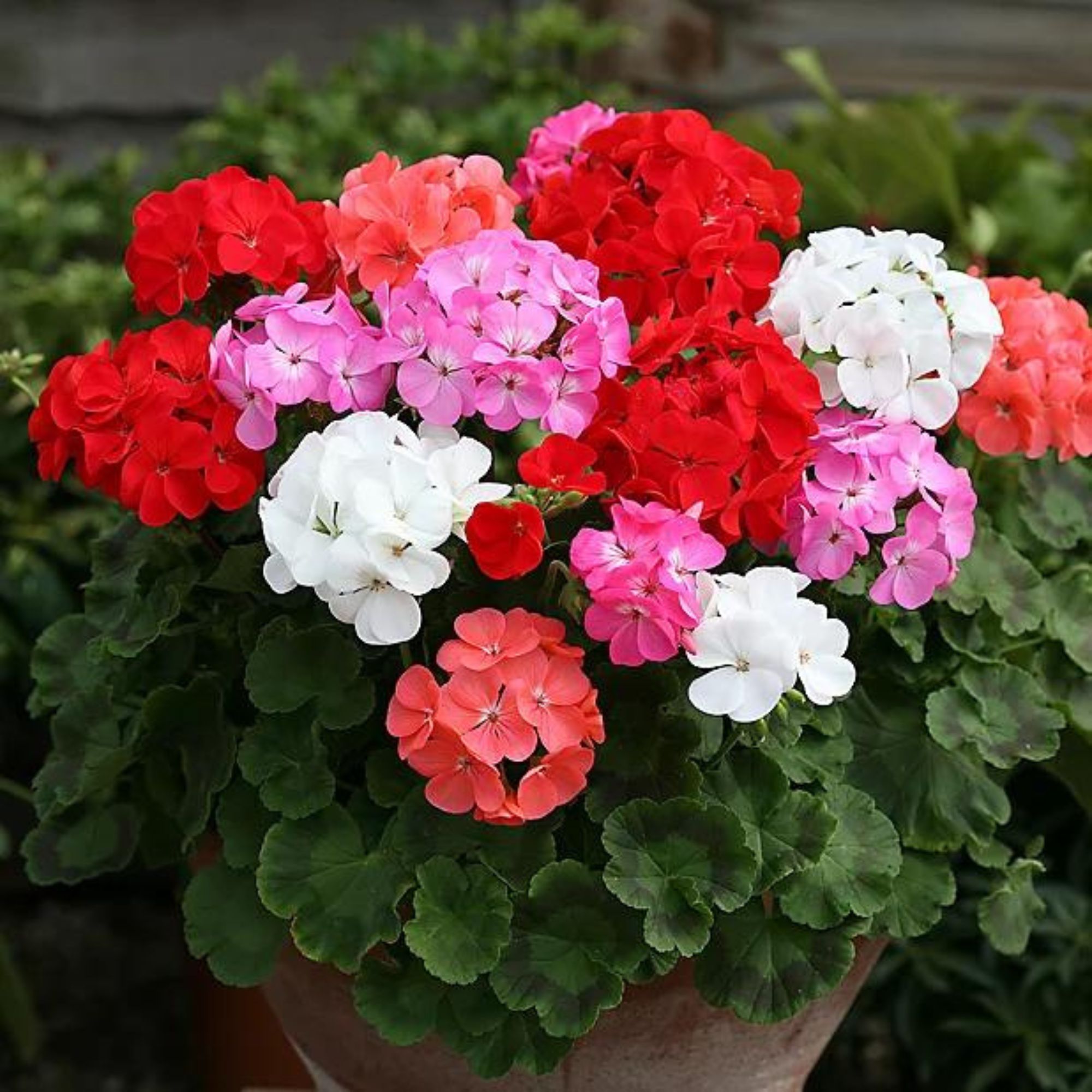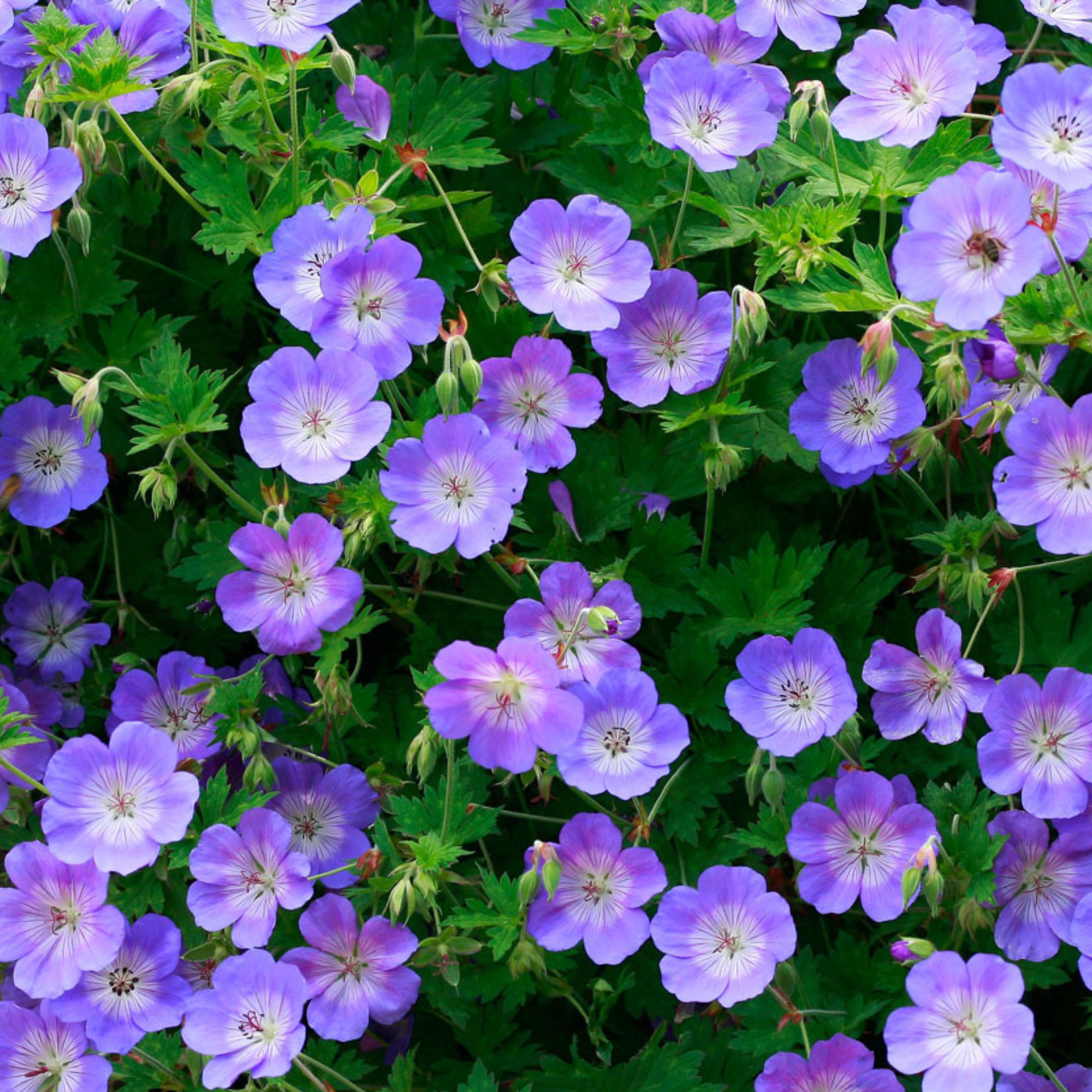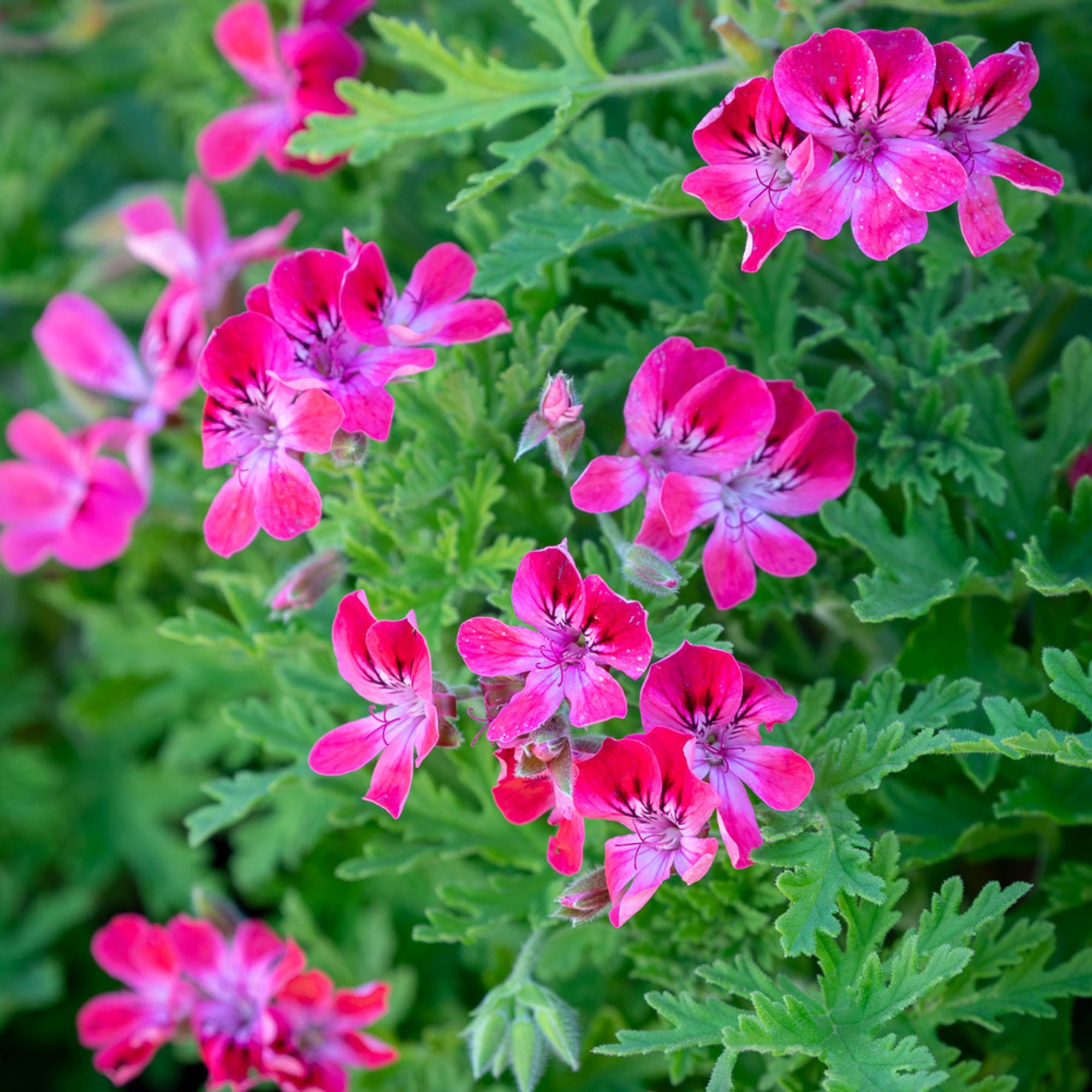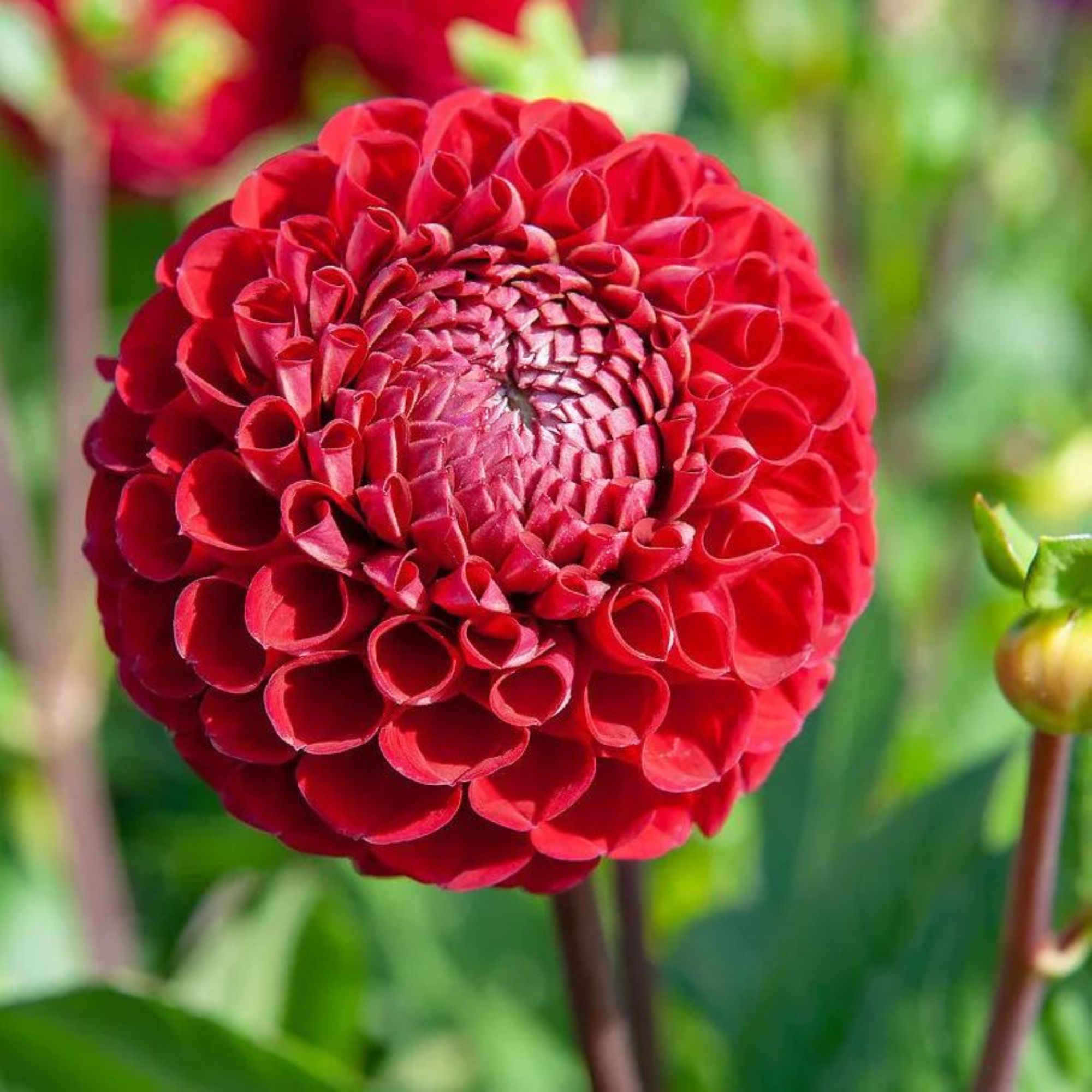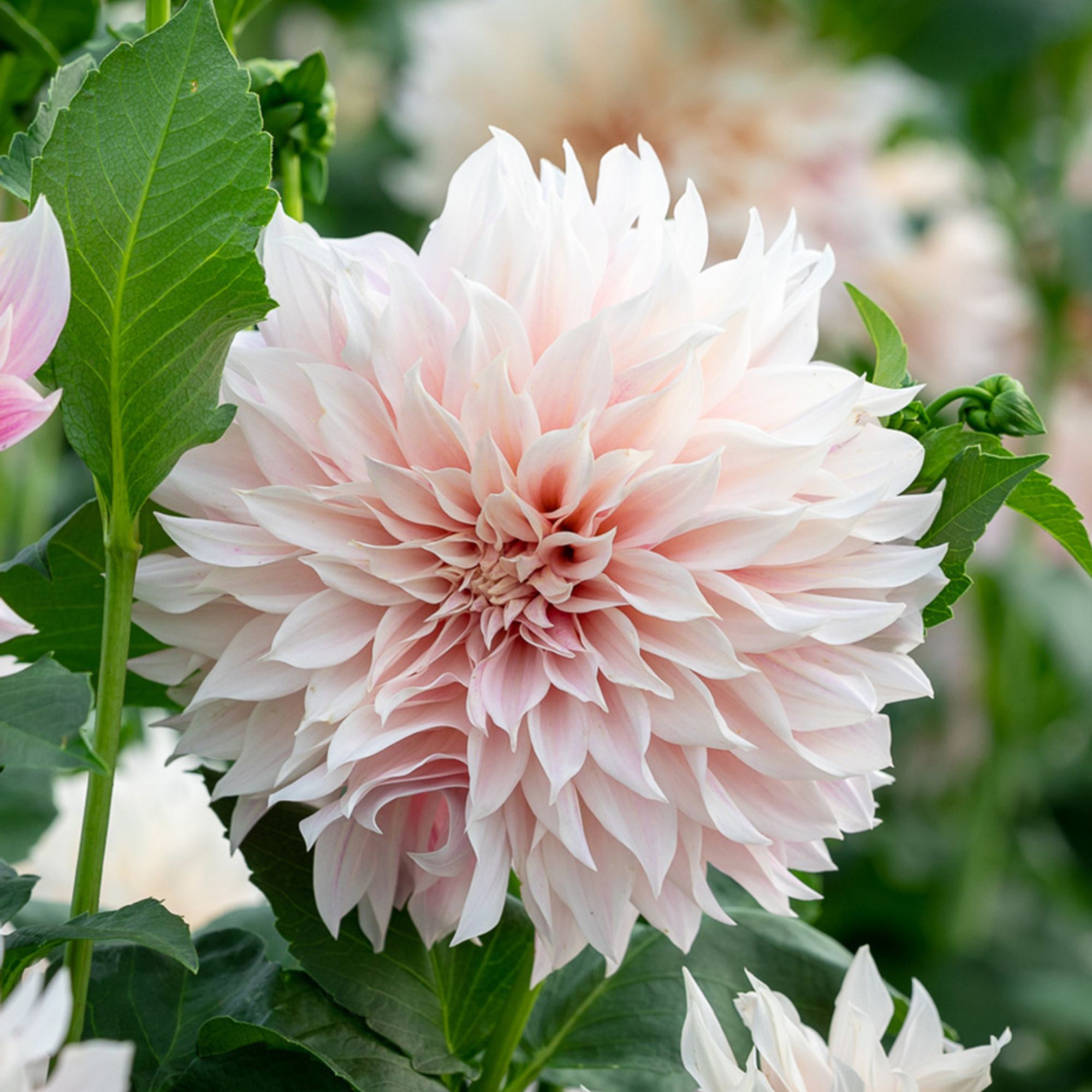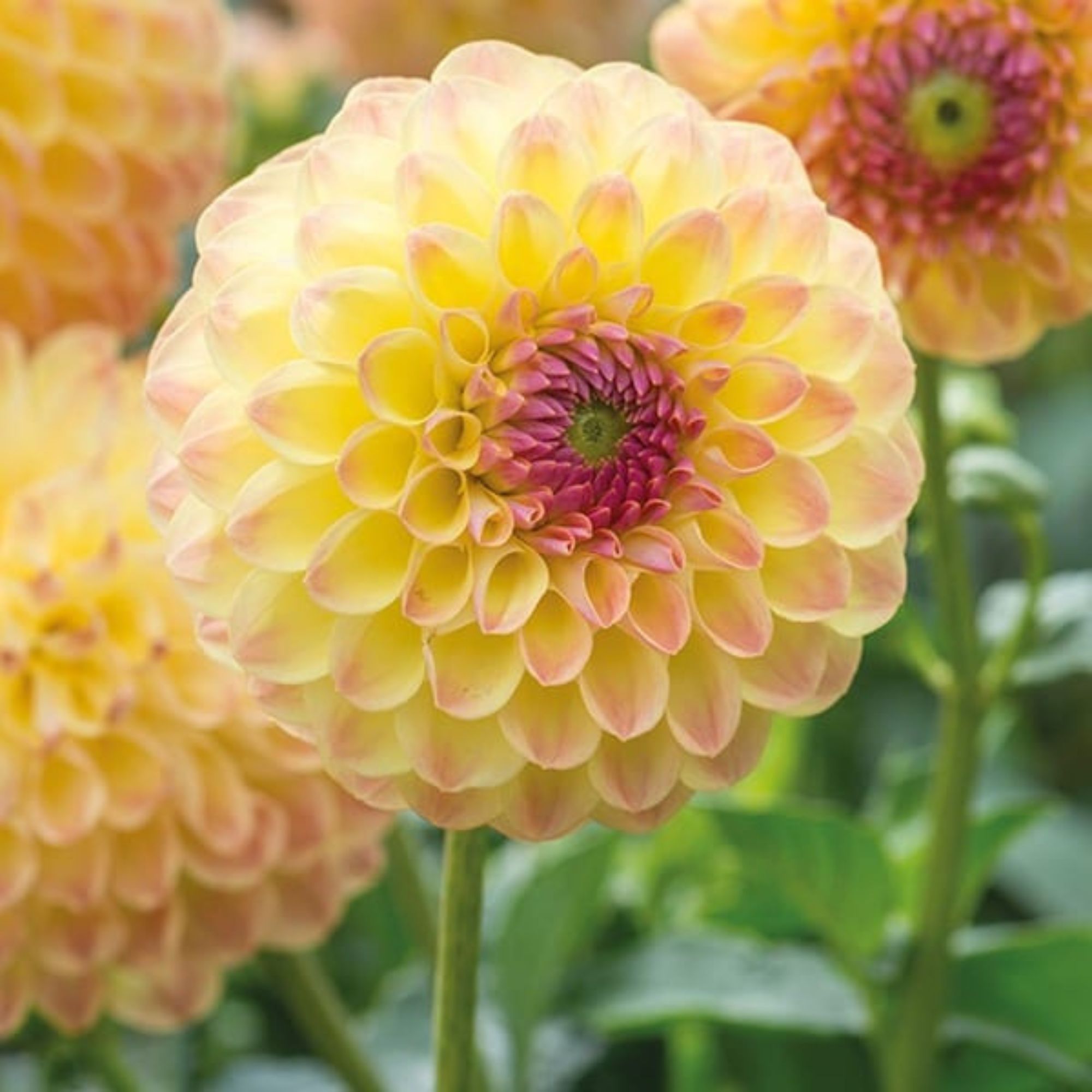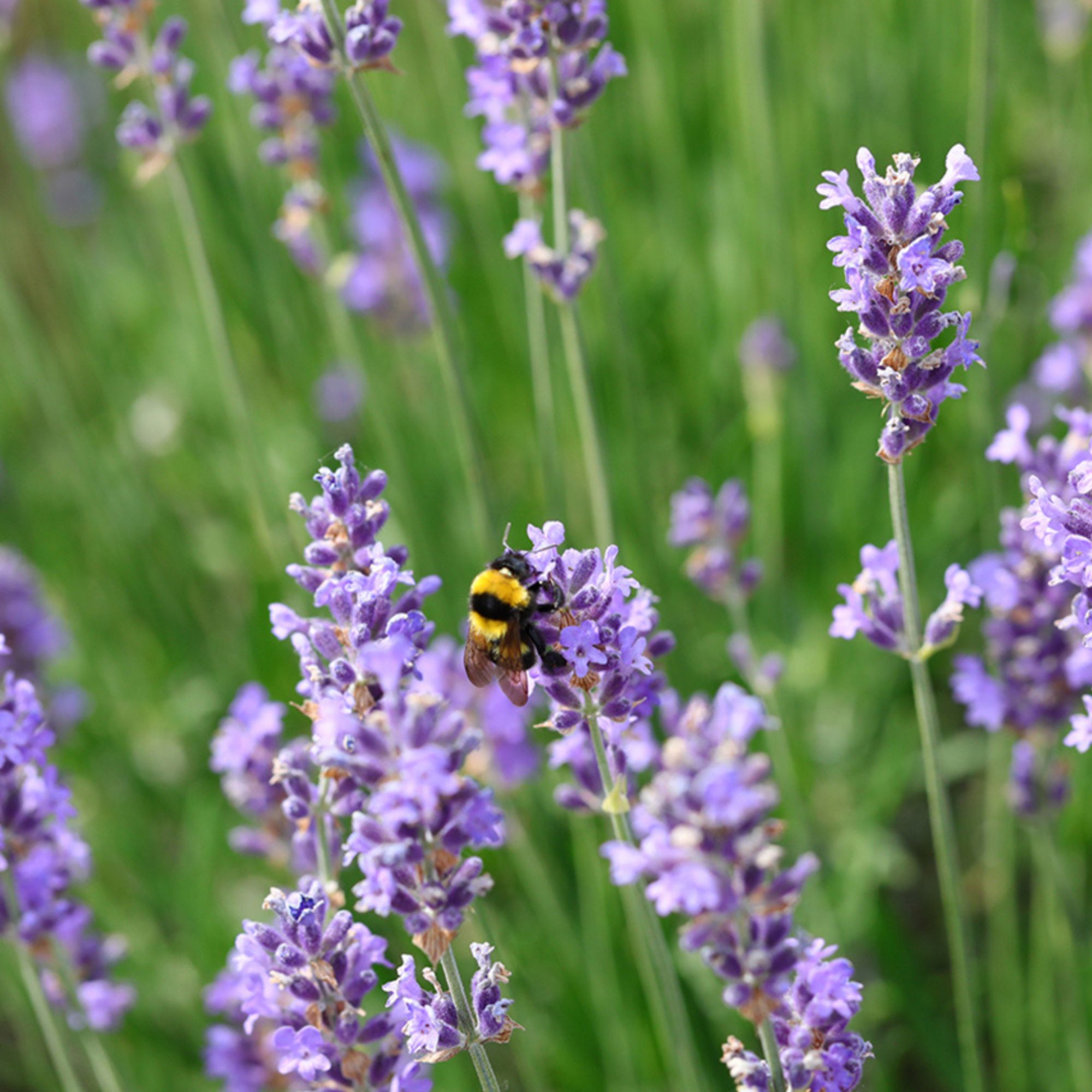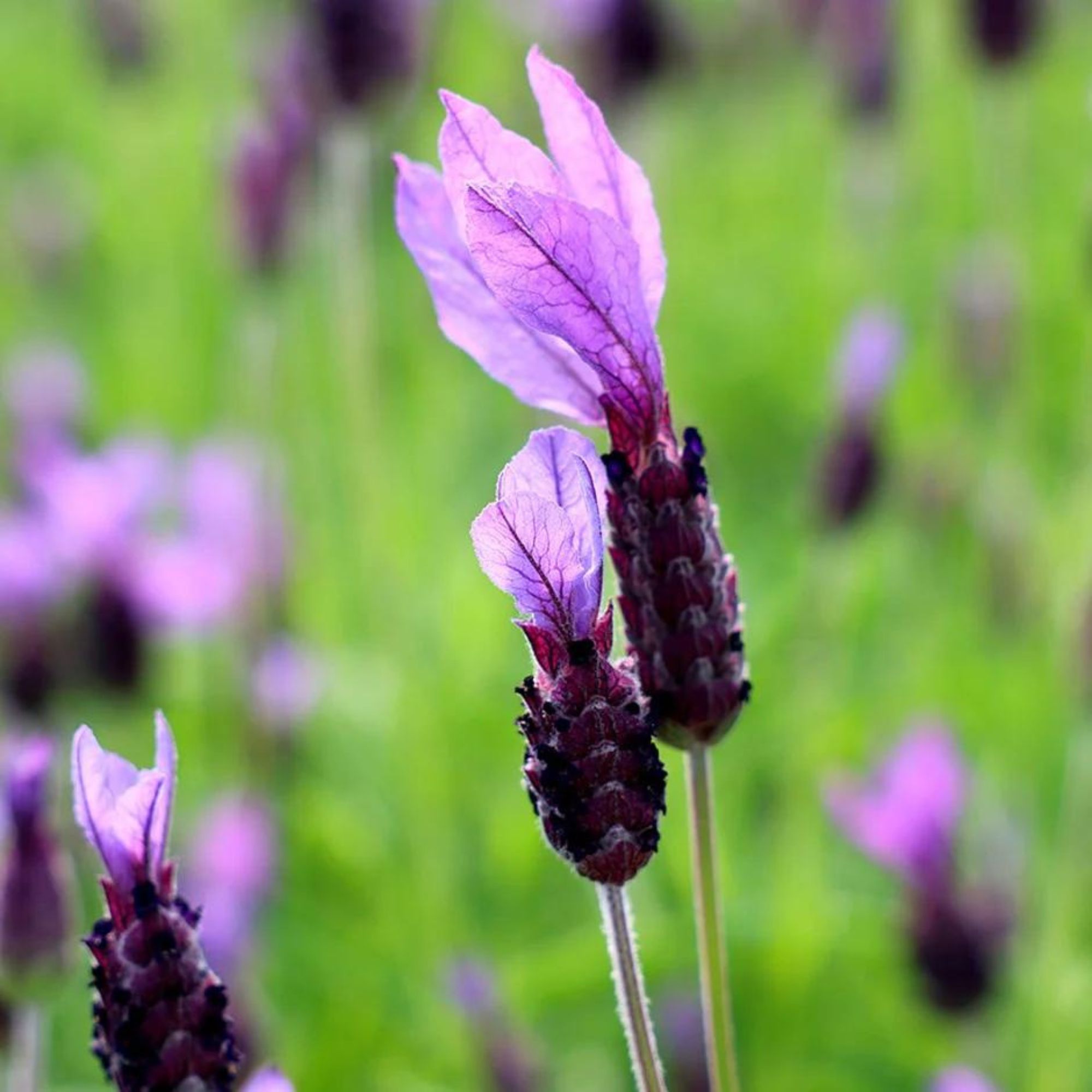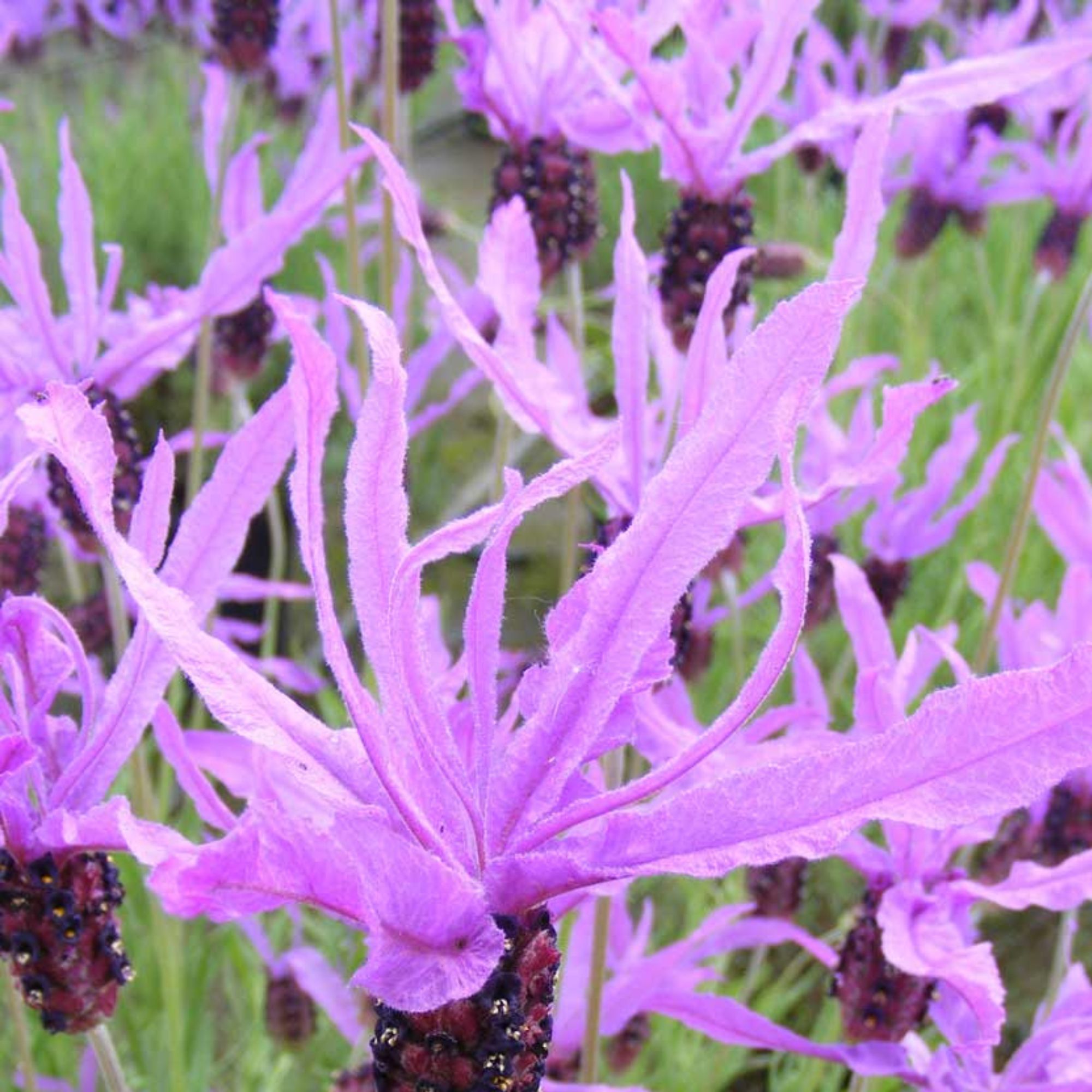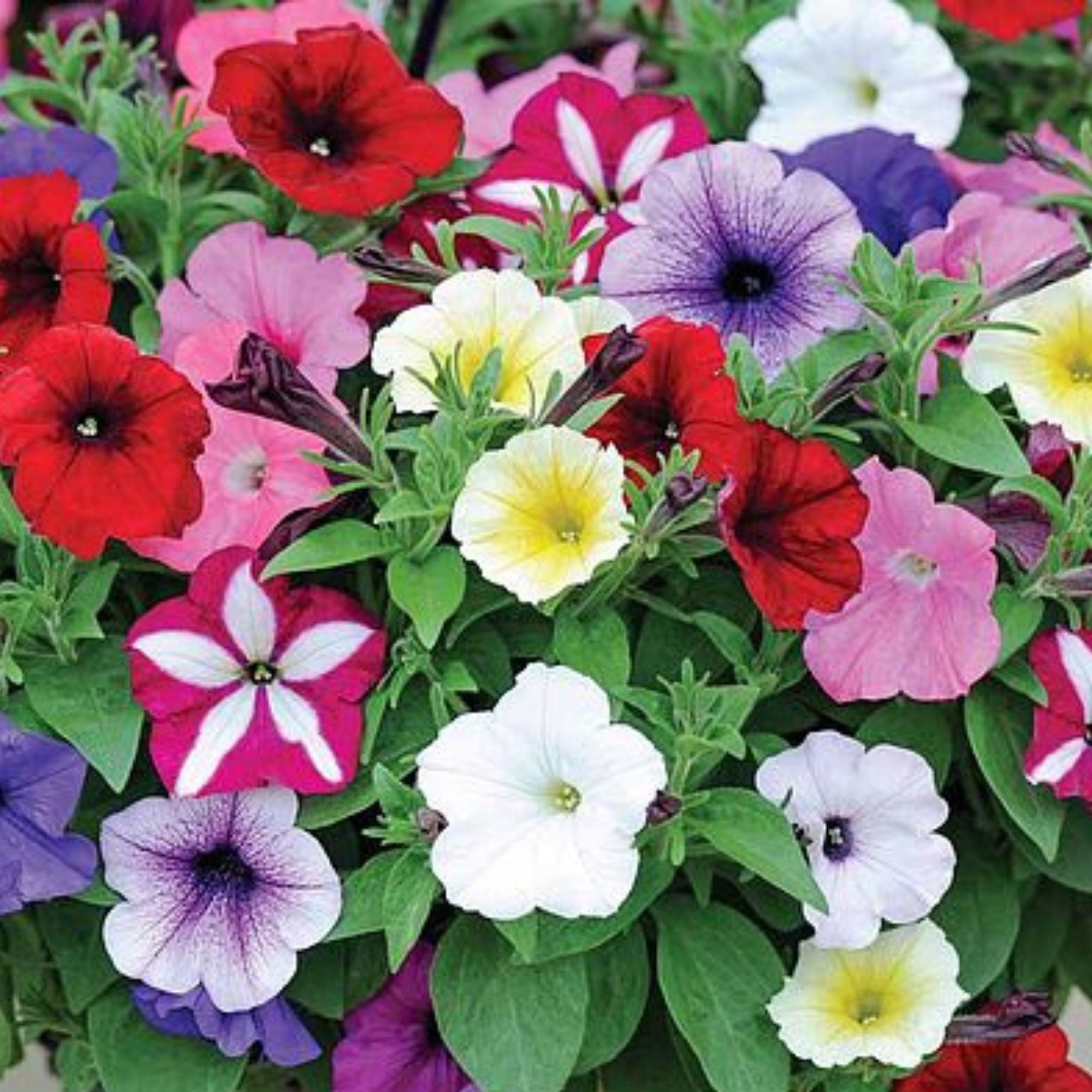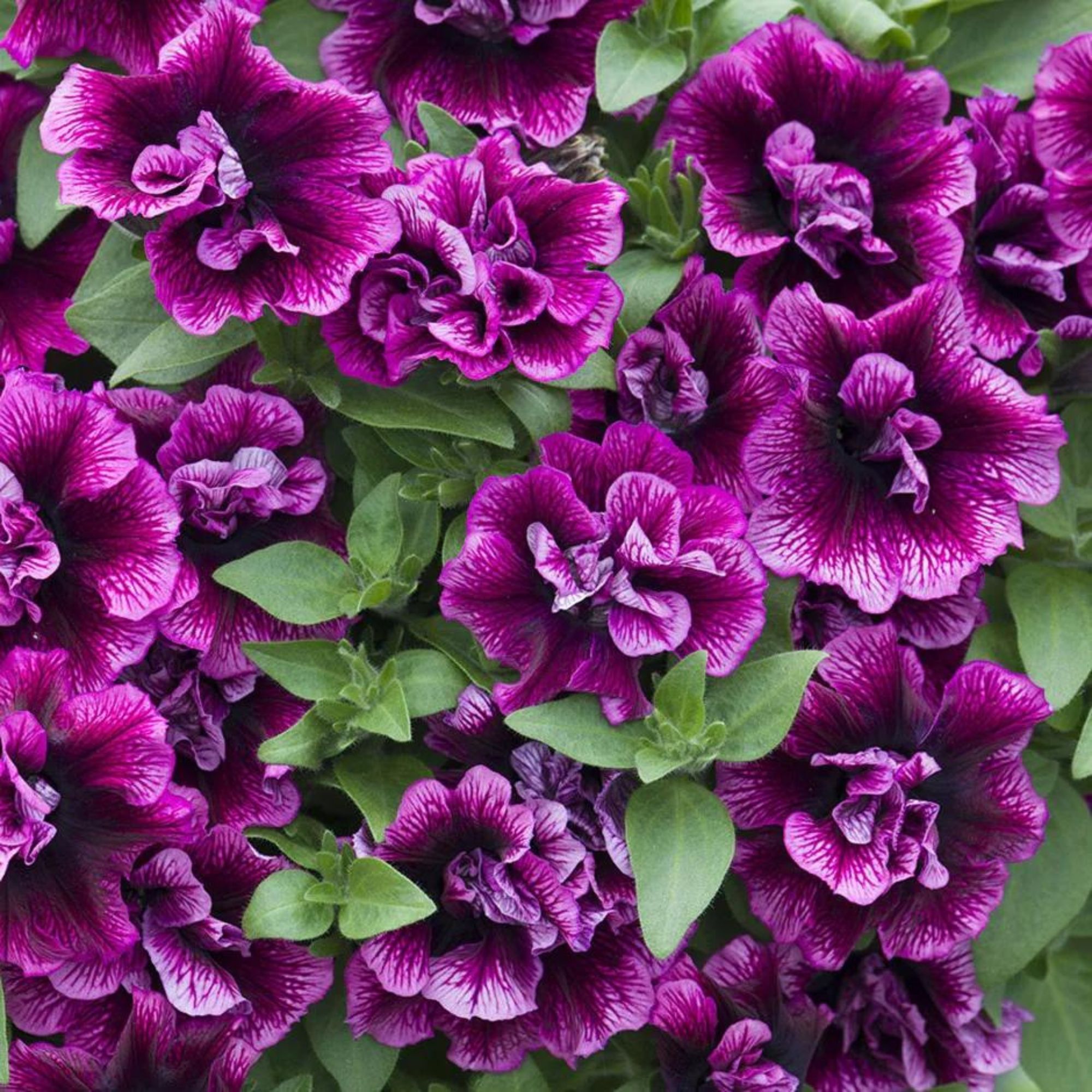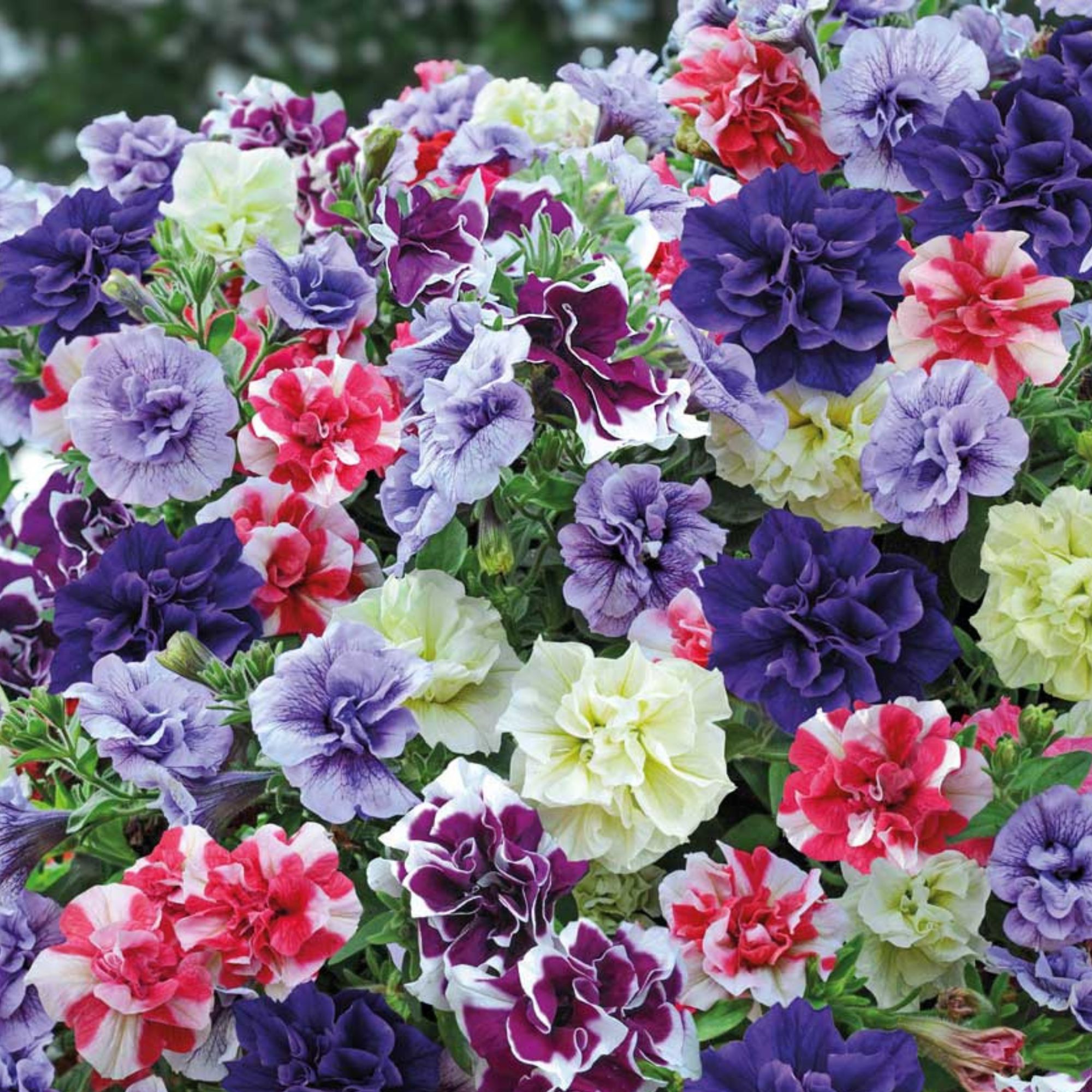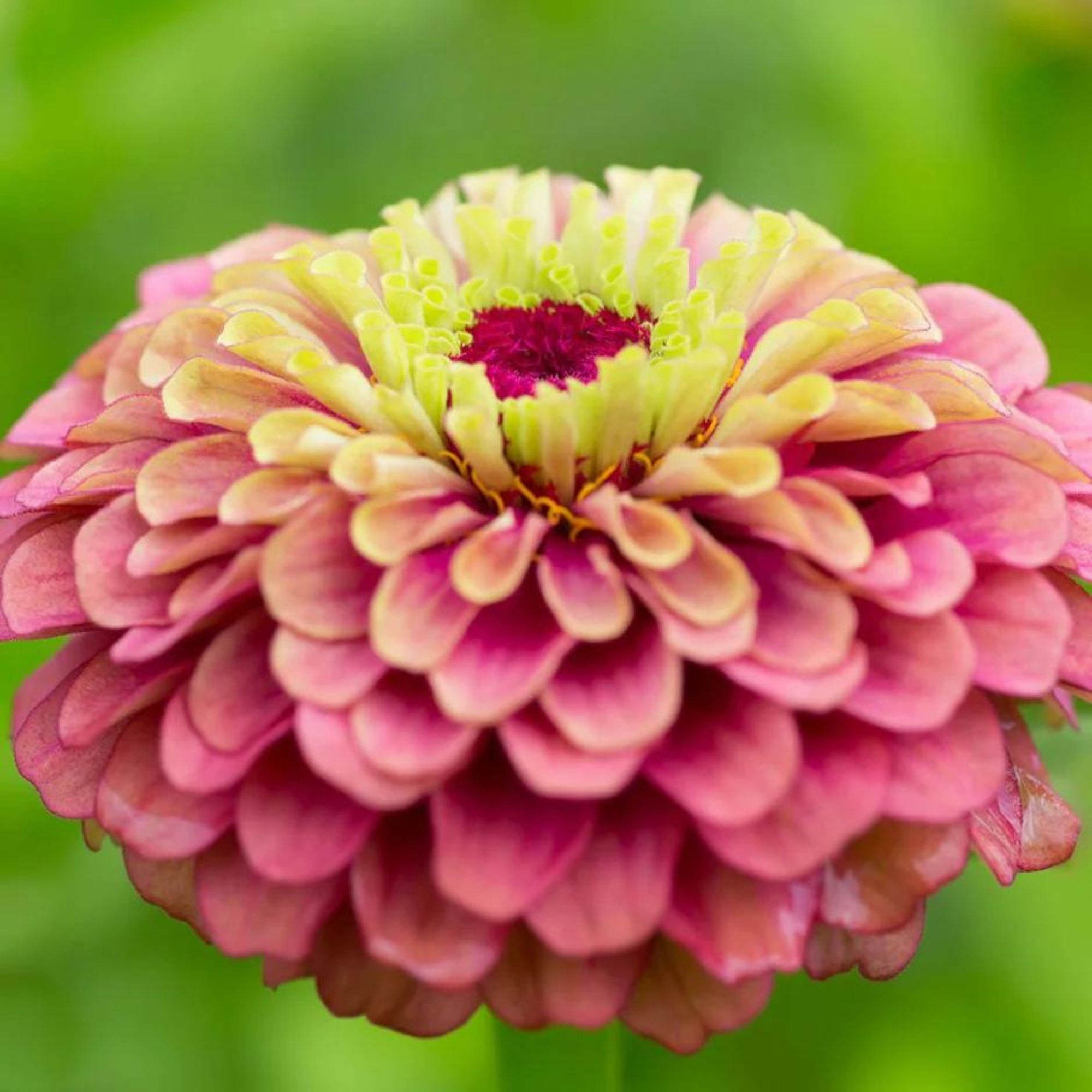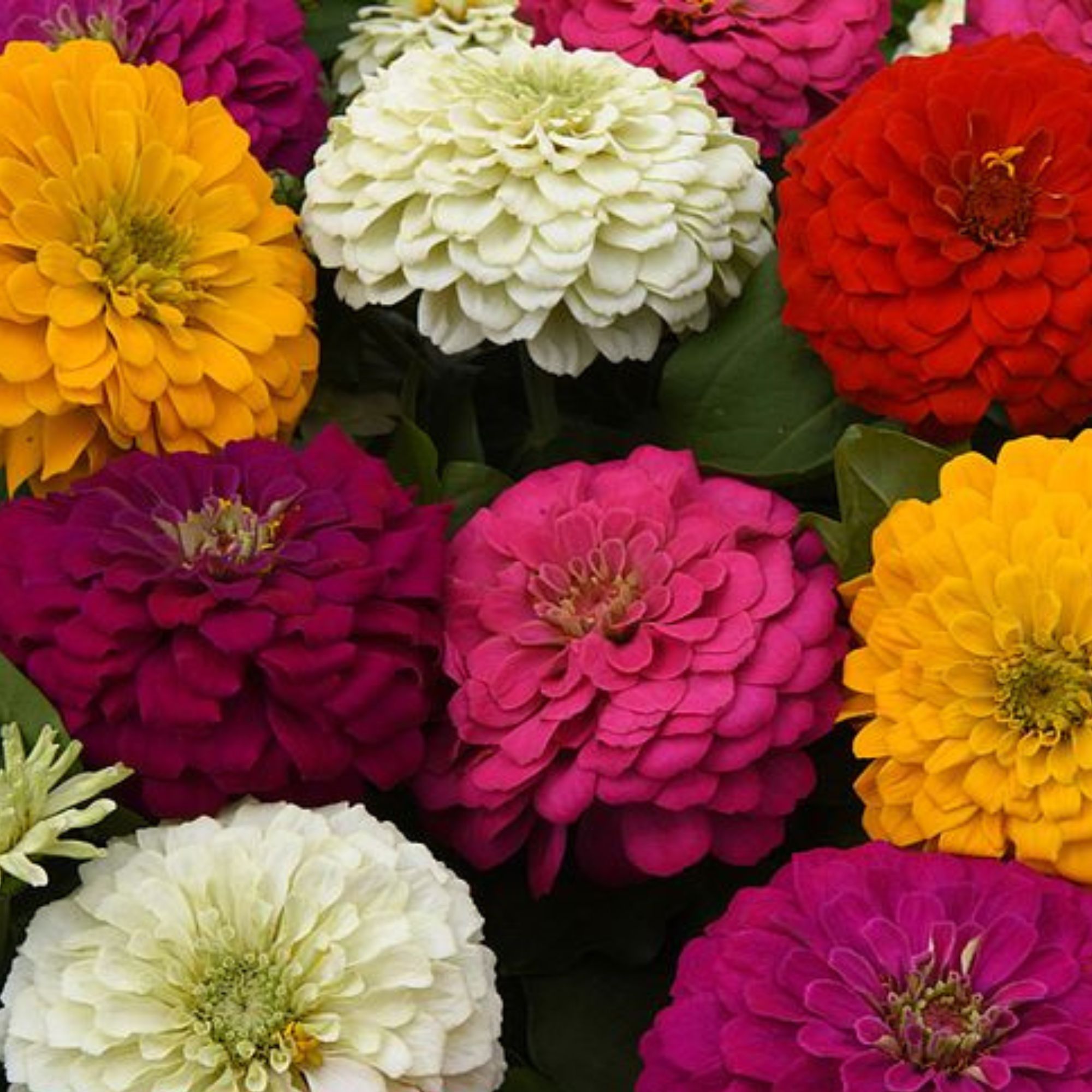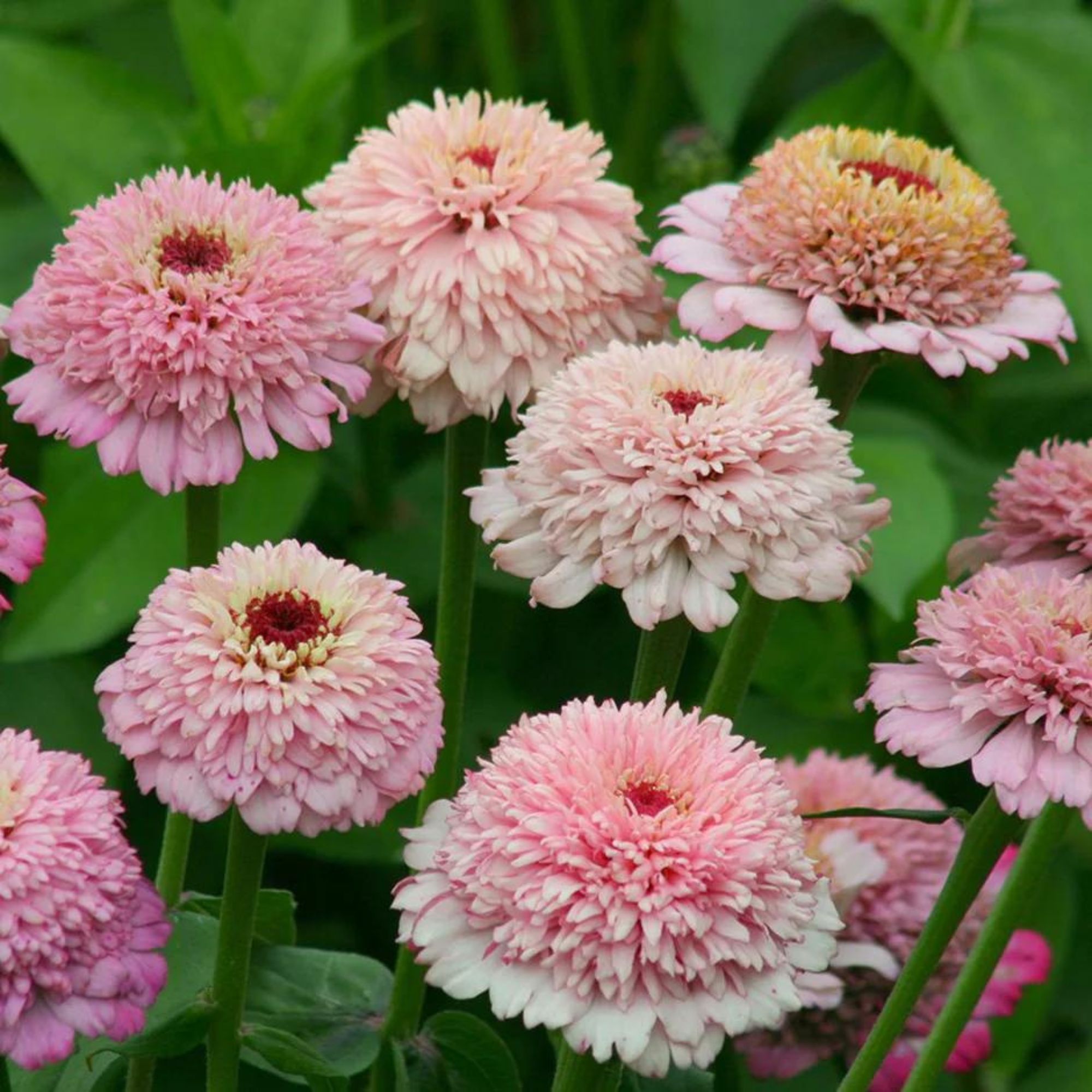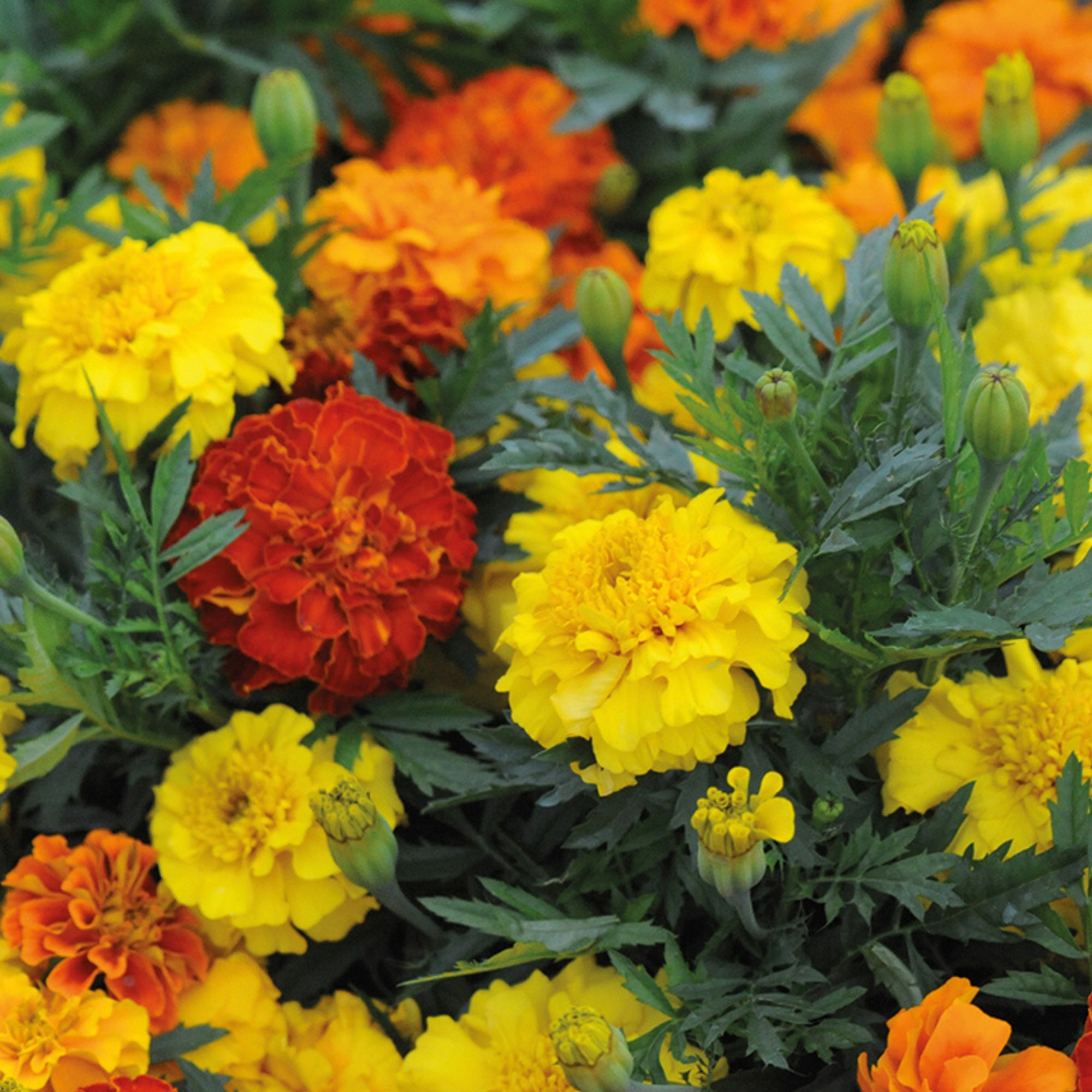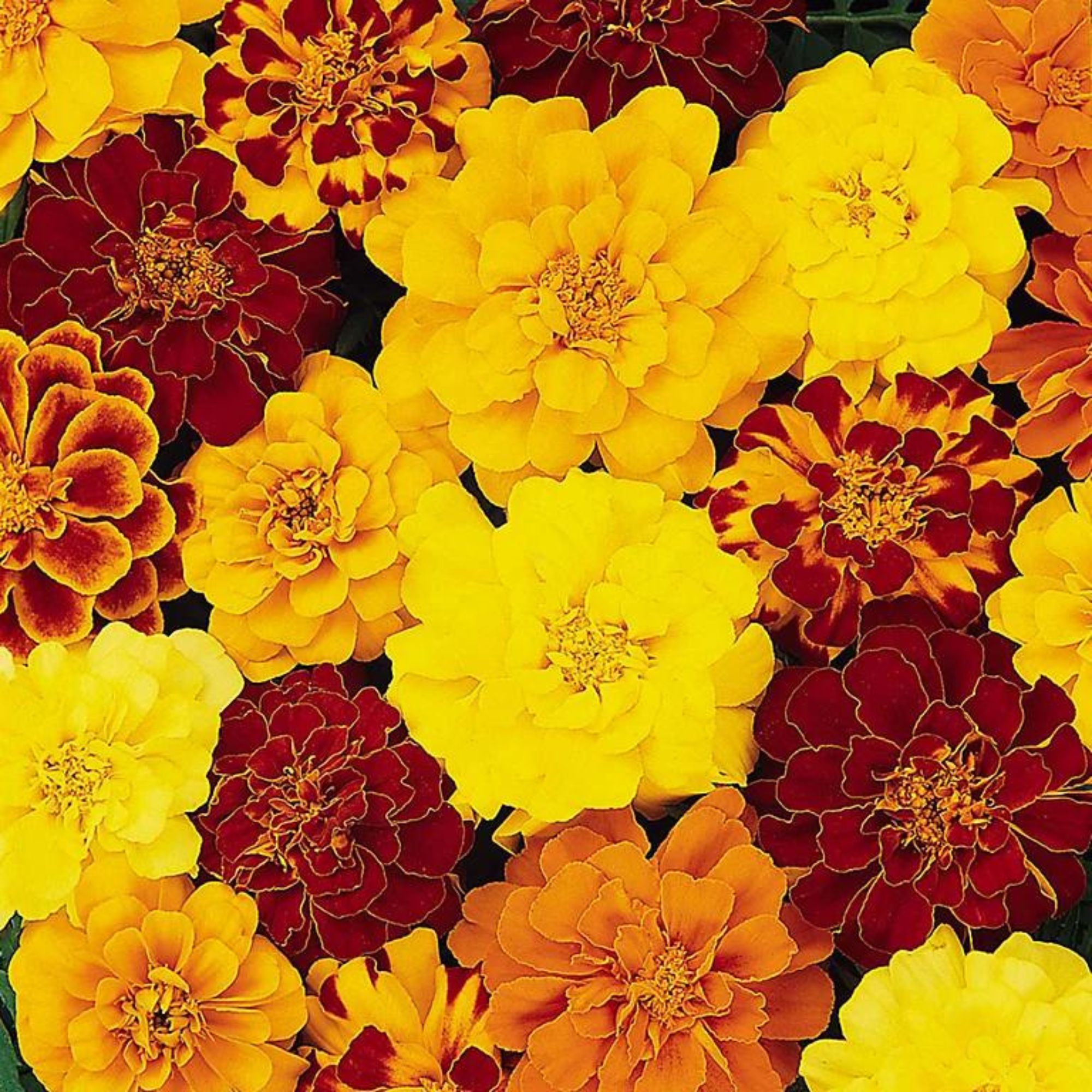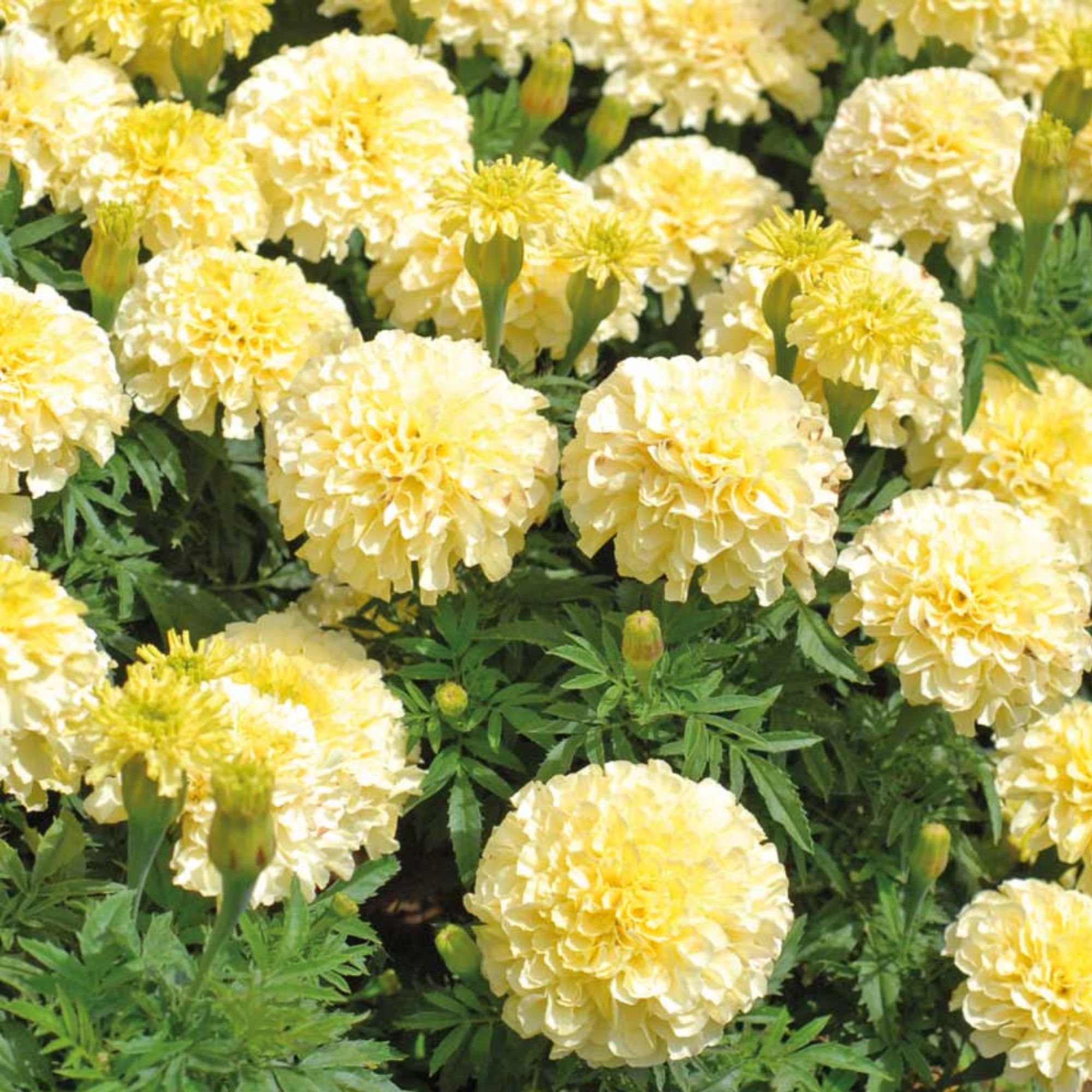7 of the best flowers for raised garden beds – step up your garden game with these beautiful blooms
Raised beds are the ideal location for these flowers
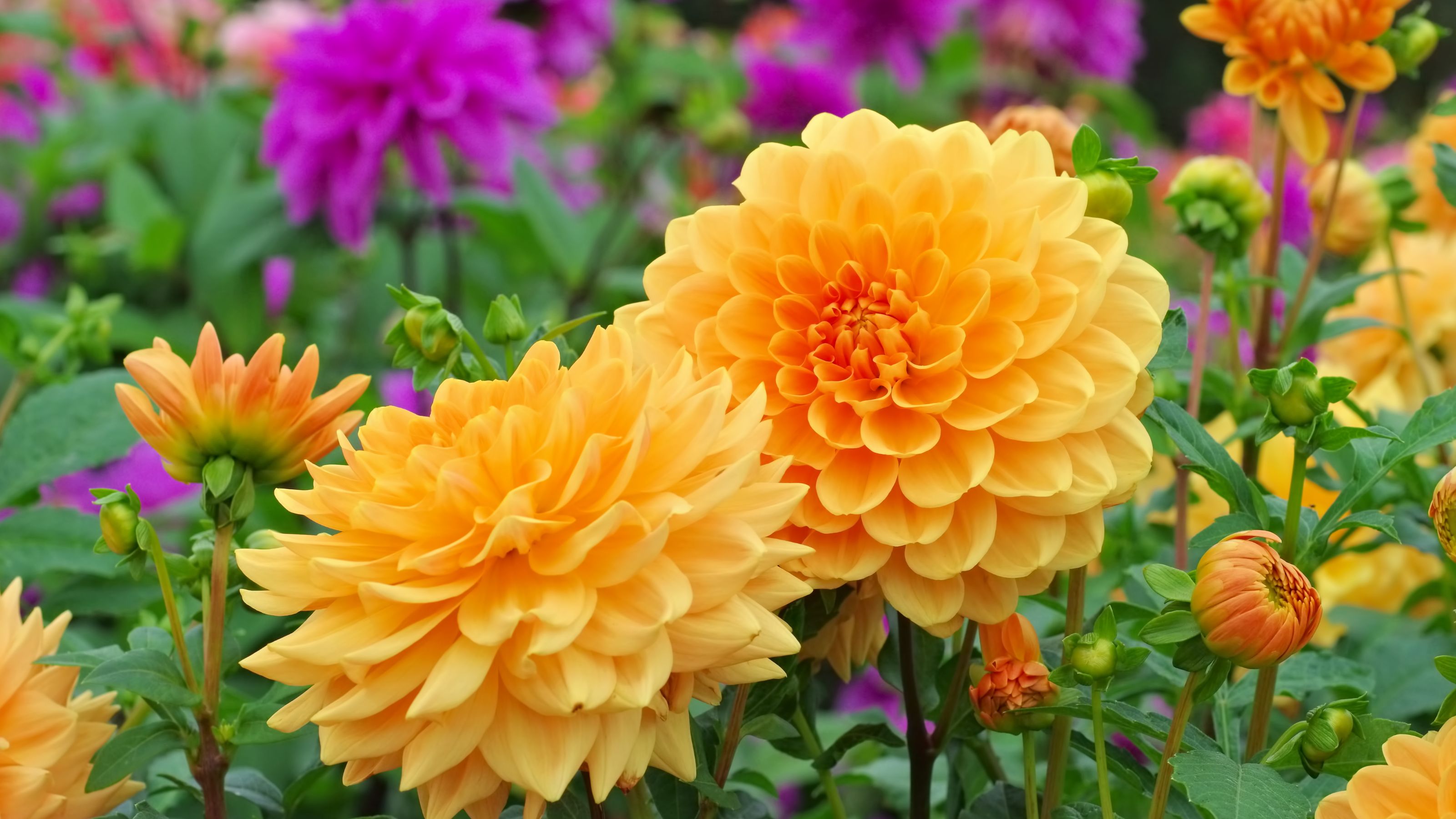

If you’ve scrolled through social media recently, you’ll know that raised garden beds are having a real moment. A popular alternative (or addition) to in-ground planting, it seems as though everyone is building these raised beds in their gardens. But what flowers are best for raised beds?
Yes, most people use raised beds to grow fruits and vegetables, but the beauty of raised beds is that you can grow whatever you want in them… within reason. They’re even a great way to bypass poor soil quality, reduce back pain and aid dexterity concerns, and even keep your plants away from curious young hands or animals.
And if you’re also looking to jump on the raised bed bandwagon, knowing how to build a raised garden bed and how to fill a raised garden bed are great first steps. But it’s also important to understand which flowers are best for raised beds - especially if you want to enjoy beautiful blooms all year round.
The best flowers for raised beds
‘There are many advantages of raised beds in that you can control the soil mixture and ensure it is rich in nutrients and they are well-draining,’ explains Morris Hankinson, director of Hopes Grove Nurseries.
‘This is especially beneficial if your local soil is poor quality or clay-heavy. They also prevent waterlogging and reduce the risk of root diseases.’ But if you don’t need any more space to grow tomatoes, plant these flowers in your raised beds instead.

Morris Hankinson is the founder and managing director of Hopes Grove Nurseries Ltd, the UK’s only specialist grower-retailer of hedging plants. He established the thriving business in 1992, shortly after graduating with a Commercial Horticulture Degree from Writtle College, Essex.
1. Salvia
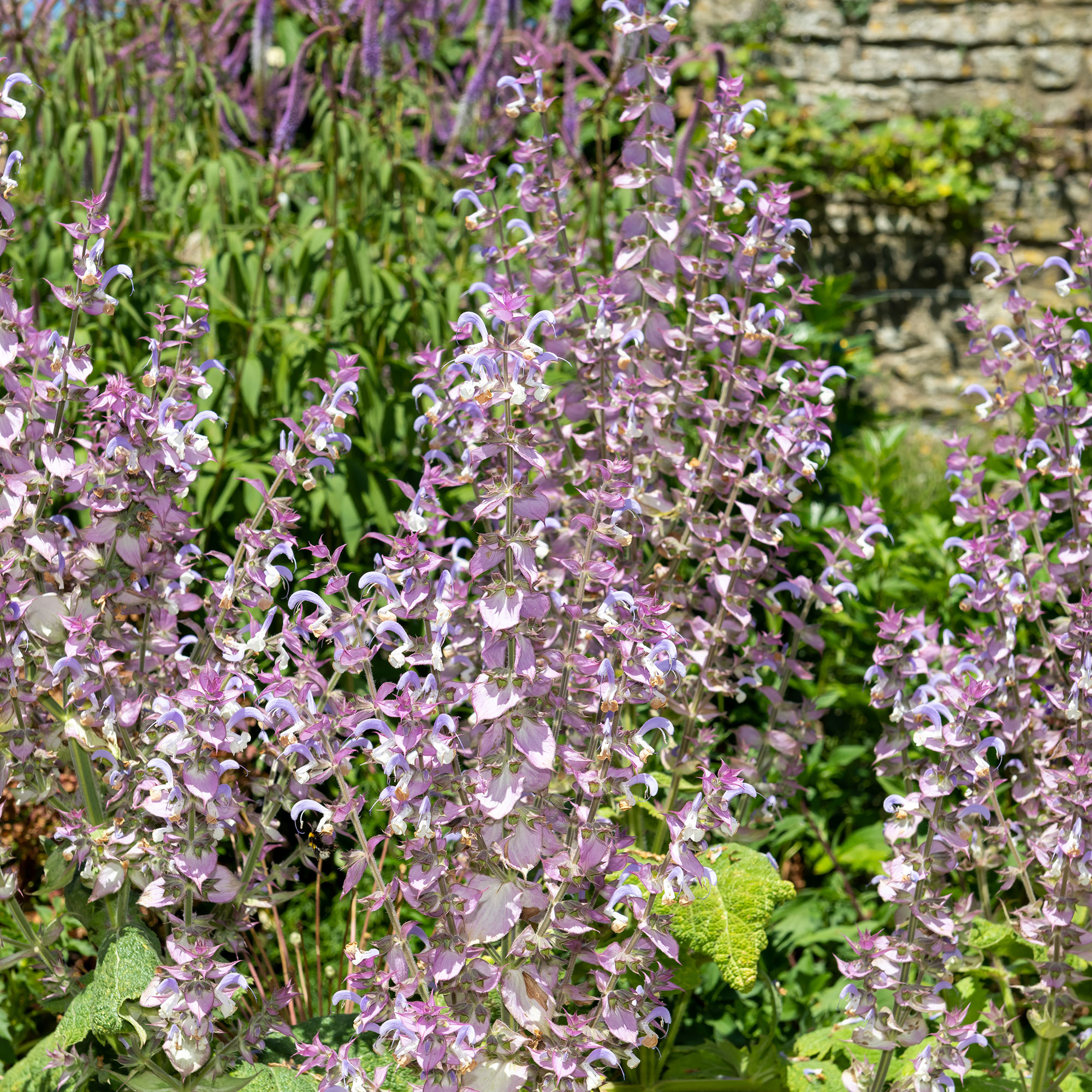
Want to replicate the Nordic coastal garden trend in your own raised garden? Salvia should definitely be on your wish list. Often called ‘ornamental sage,’ this plant is famed for its beautiful smell and equally beautiful flowers.
It’s also a hit among bees and butterflies, making it perfect for those who want to welcome wildlife into their garden. And while you should know when to cut back salvias, this raised-bed-friendly flower is pretty low maintenance aside from that.
Get the Ideal Home Newsletter
Sign up to our newsletter for style and decor inspiration, house makeovers, project advice and more.
All it needs is to be planted in a sheltered but sunny location and have well-draining but slightly water-retentive soil. Basically, a raised garden bed is perfect.
2. Geraniums
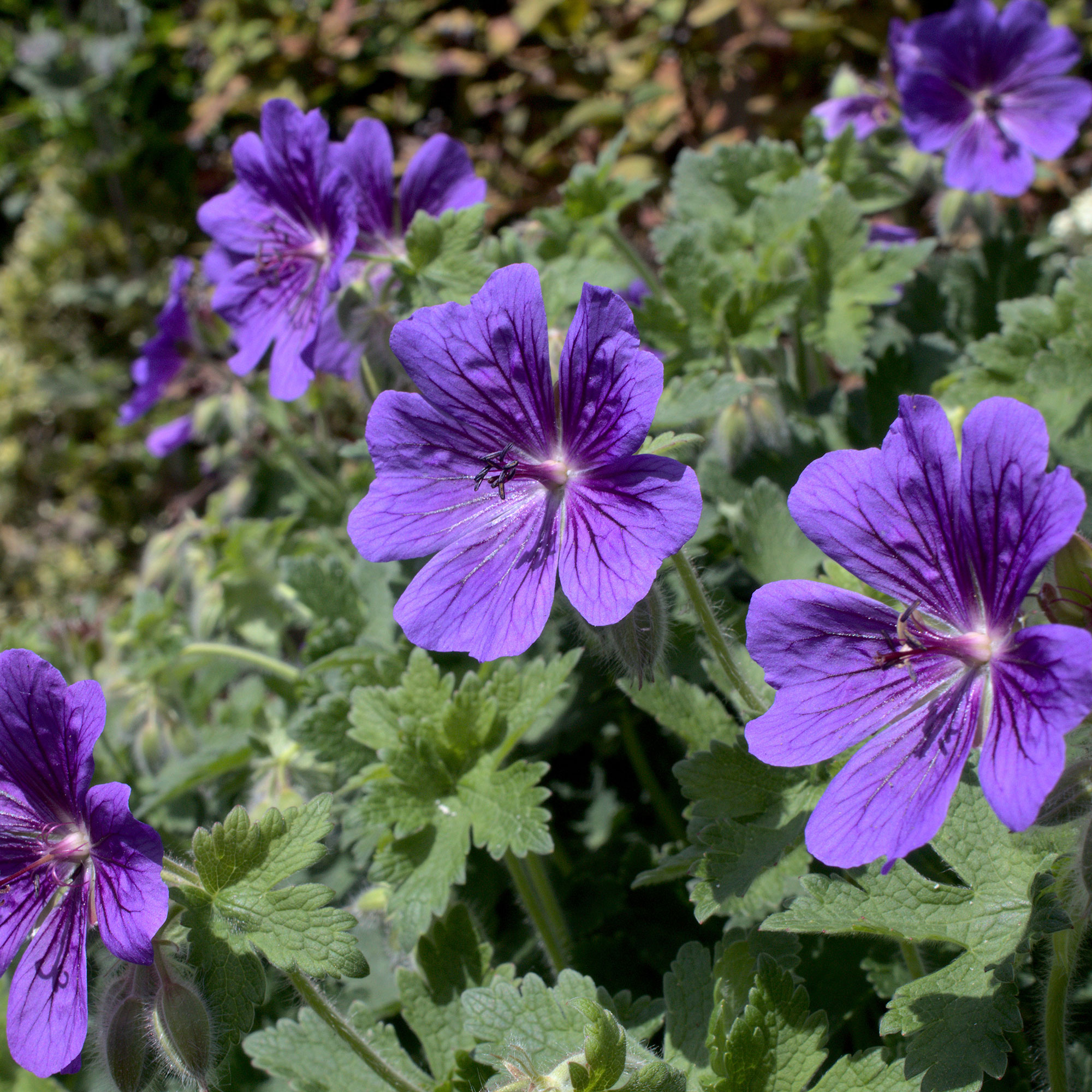
You probably don’t need us to tell you that geraniums are some of the most reliable flowers out there. Growing geraniums will allow you to brighten up your garden and offer all-important coverage. And while they can essentially be grown anywhere, they respond particularly well to being grown in raised beds.
Morris explains, ‘Geranium bedding plants are easy to look after, will flower all summer and will grow in sun or partial shade. Choose mixed colours for an easy, vibrant bedding display.’
To win you over even more, geraniums are ideal for companion planting and are often planted alongside the likes of lavender and sage (which, coincidentally, are both on this list). Plus, they will even tolerate underwatering.
3. Dahlias
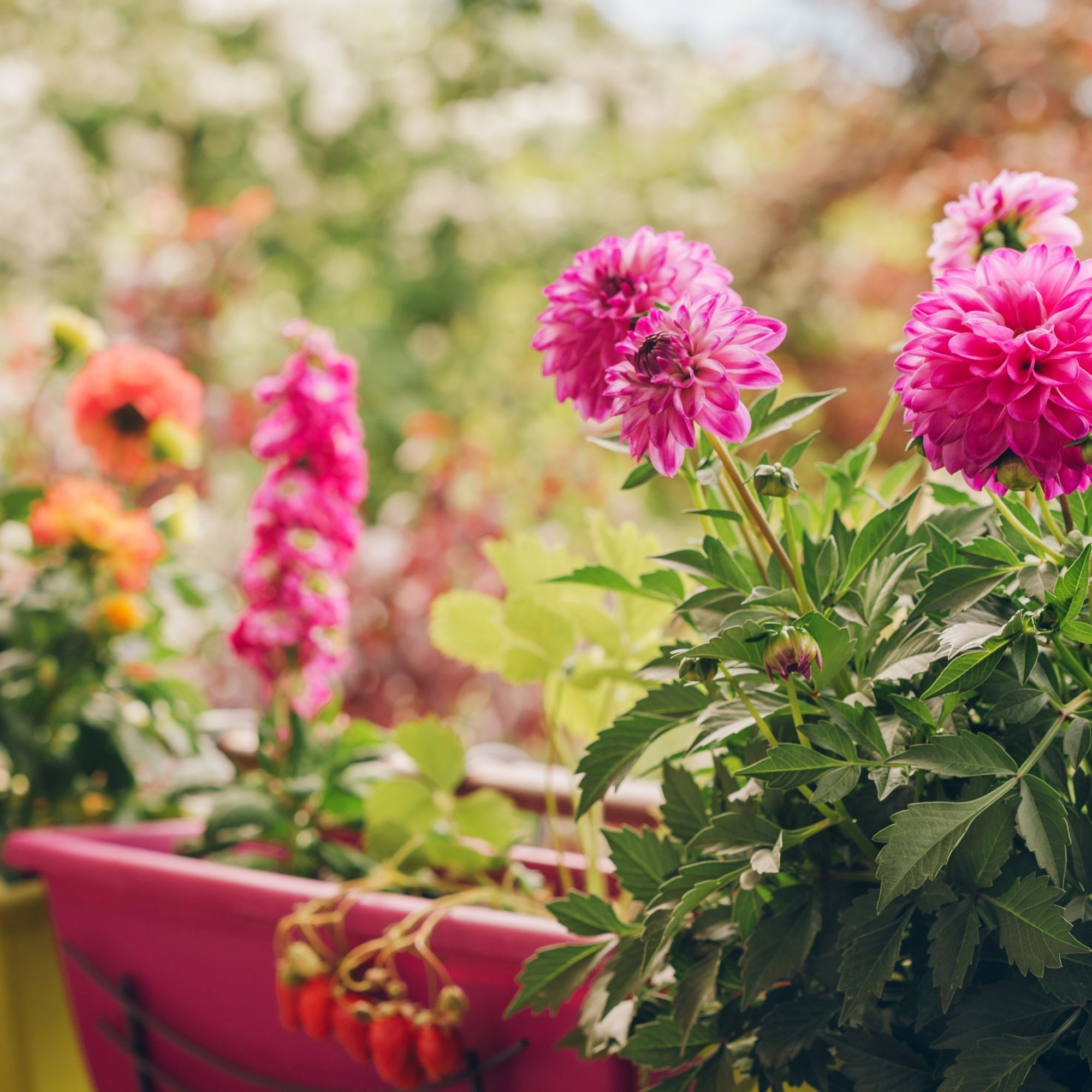
If you’re looking for a showy flower that will bloom from summer all the way into autumn, look no further. There are so many amazing dahlia varieties out there, allowing you to enjoy these large, colourful flowerheads no matter your colour preferences.
But anyone who has ever tried to plant dahlia tubers will know that these flowers are a little picky. They thrive best in high-quality, free-draining soil - which is why many people avoid planting them in their garden borders and opt to grow dahlias in pots instead. However, another alternative is to grow dahlias in a raised garden bed.
4. Lavender
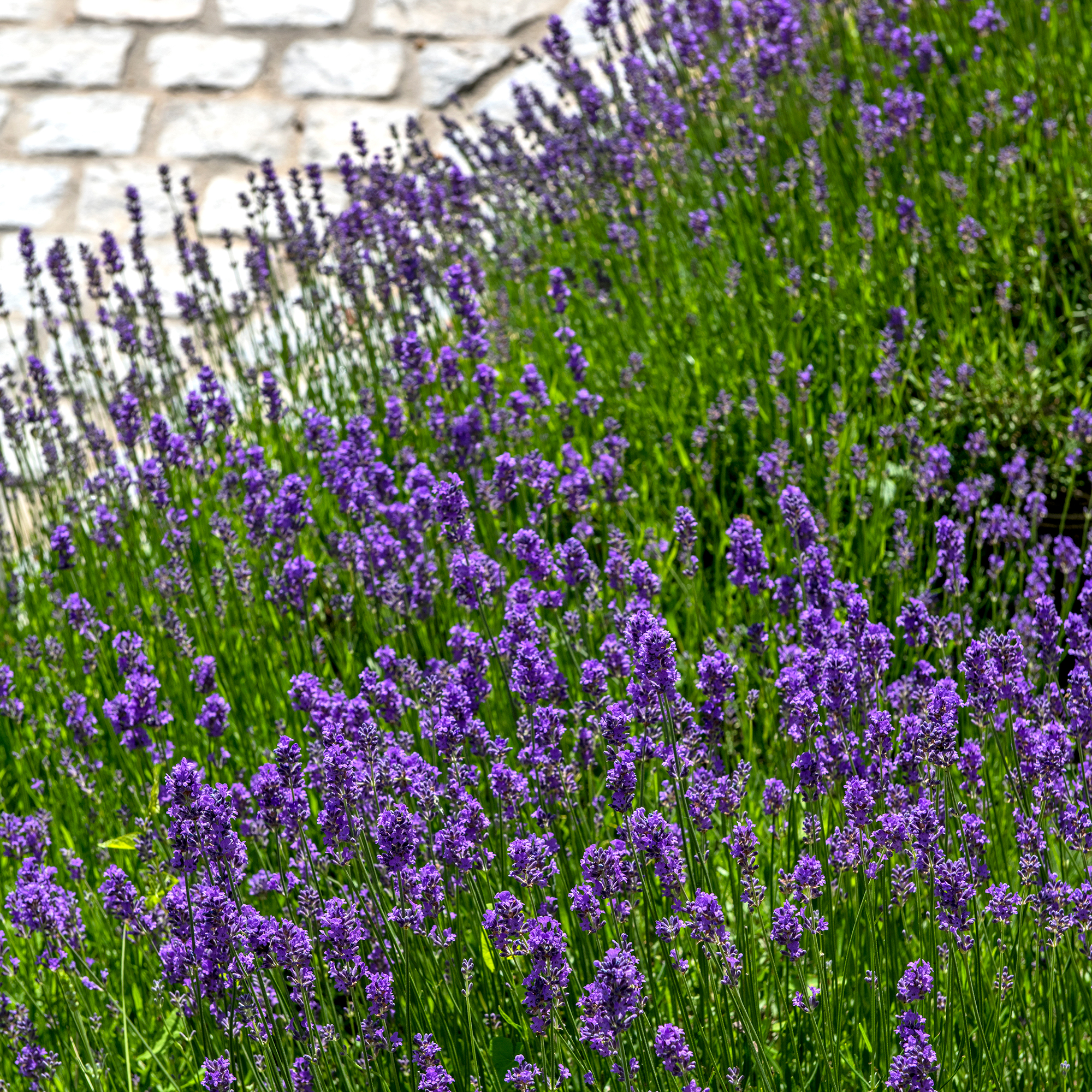
One of the things we love about growing lavender is that when you’ve got it… you’ve got it for life. It’s incredibly easy to propagate lavender, meaning you can take lavender cuttings from elsewhere and use them to fill your raised beds with blooms and beautiful scents.
Morris says, ‘The perks of lavender for raised beds are that they are fragrant, attract pollinators and have medicinal properties. Raised beds can provide the well-drained soil lavender needs to prevent root rot.’
In fact, lavender is one of the best flowers for raised beds, as established lavender plants are extremely low-maintenance. As long as they have a fair amount of sunlight, they’ll come back year after year.
5. Petunias
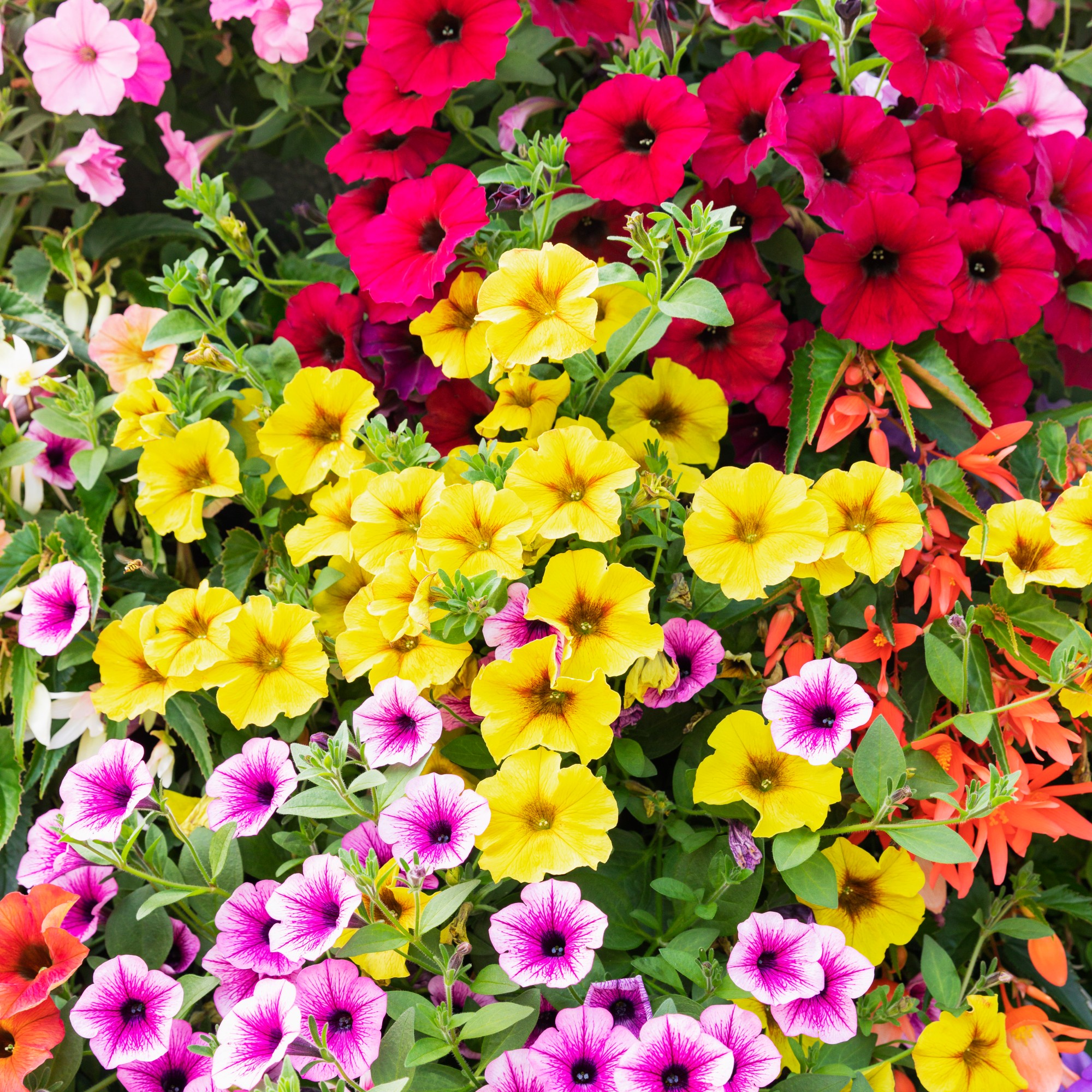
‘Petunias thrive in well-draining soil, as well as full sun,' explains John Clifford, gardening expert at Gardenstone. This makes them perfect for planting in raised beds full to the brim with high-quality compost and organic matter.
Petunias can quickly spill over the sides of your raised bed - which is particularly handy if you want to break up the harshness of the solid wood or metal structures.
Plus, their hanging qualities can also create an all-important divide between the taller plants for raised beds - such as lavender, for example - to add visual intrigue.
6. Zinnias
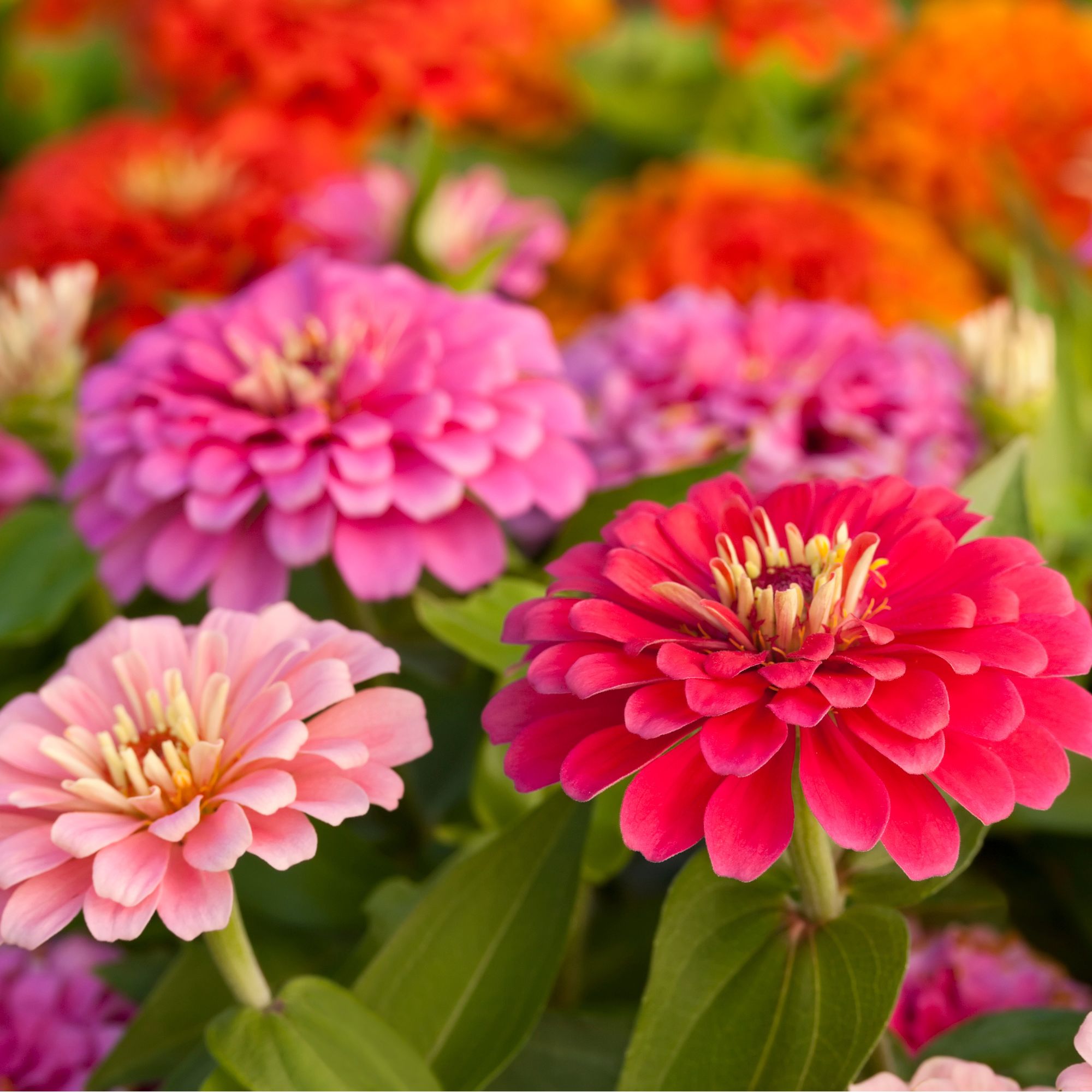
Bright and bold, we’d advise everyone to plant zinnias somewhere in their garden. After all, there’s nothing better than seeing freshly cut zinnias in the house - especially when you’ve grown them yourself.
And as zinnias struggle with the cold, planting them in raised beds is the best thing you could do for these colourful blooms. 'The soil warms up faster in the spring and retains heat longer in the Autumn, allowing for a longer growing season,' explains gardening expert Morris.
Morris also adds, ‘Zinnias thrive in well-drained soil and provide continuous colour meaning they are perfect for raised beds. They are also brilliant as they have a long blooming season and attract wildlife.’
7. Marigolds
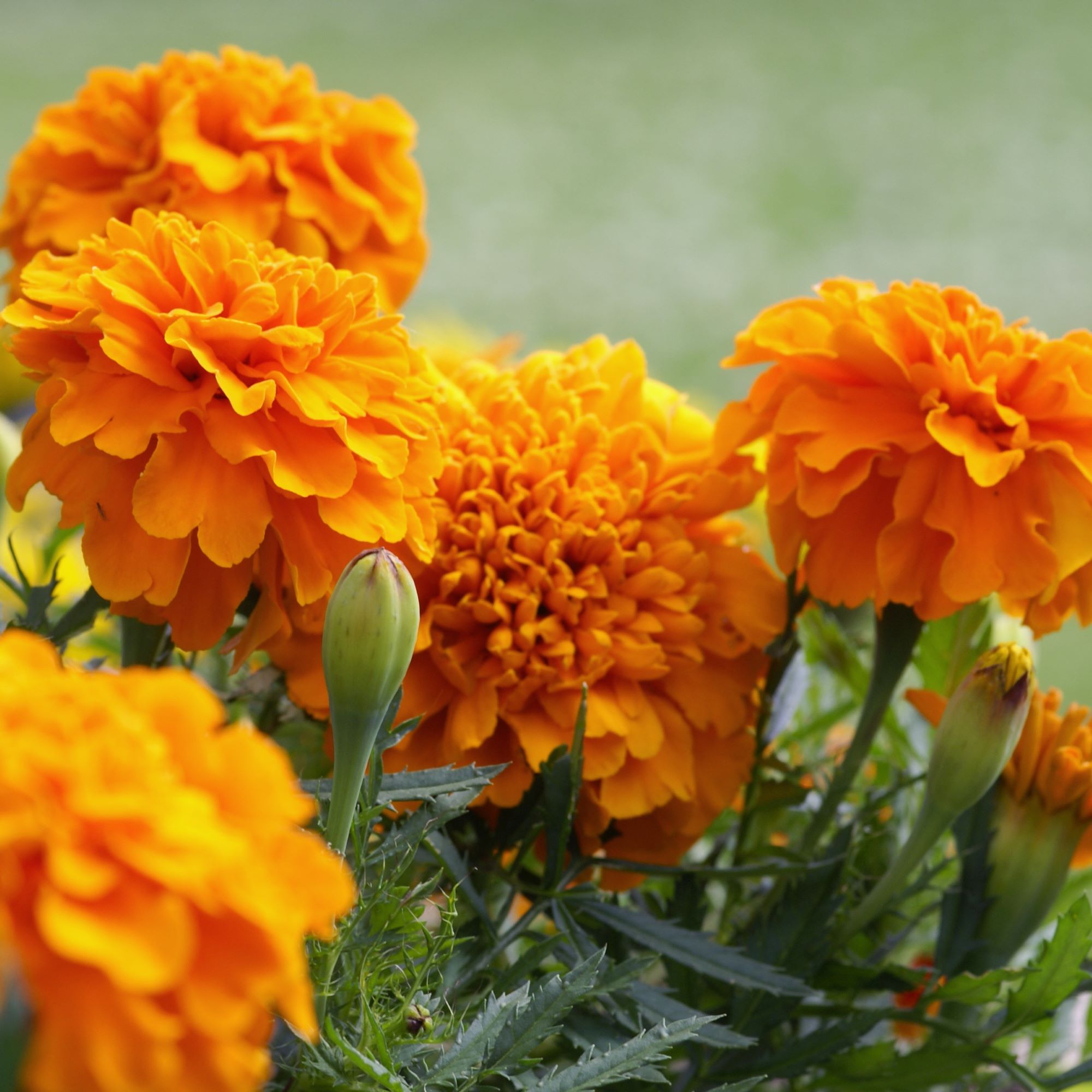
Not to be confused with the cleaning gloves of the same name, marigolds are some of the best flowers for raised beds - and one look at them will tell you why. Yes, the stunning yellow/orange flowers of marigolds will brighten up even the greyest of British summers.
As well as being extremely attractive to those who see them in the garden, they’re also extremely attractive to wildlife and other plants. As Morris explains, ‘Marigolds are great for raised beds as they are excellent companion plants and also they help deter nematodes and other pests.’
Because of this, it’s well worth planting marigolds in your raised beds - especially if you want to stop snails from eating your plants or want to keep pests away from your nearby fruits and vegetables.
FAQs
What is the easiest thing to grow in a raised bed?
Traditionally, gardeners use raised beds to grow fruits and vegetables, and that’s because raised beds offer the perfect environment to give crops the nutrients they need to thrive. But many plants and flowers are easy to grow in raised beds, too.
'For low maintenance options, choose perennial plants and bulbs, these will come back year after year,' advises Pim Dickson at DT Brown Seeds. 'Compact ones are preferable also, as they won’t require much in the way of trimming to keep them neat and tidy. Plants like Bellis Double Daisies, Daffodil Tete a Tete, Hyacinths, Primroses and Snowdrops for early colour.'
'Compact hardy Geraniums, Thrift (Armeria) and Dorotheanthus (Ice Plant) are all very rewarding and easy to grow.'
What not to fill a raised garden bed with?
Many people build a raised garden bed to bypass the poor soil quality in their garden, so it would be unwise to fill a raised garden bed with ground soil from your garden. After all, if you struggle to grow in-ground, you’ll struggle to grow in a raised garden bed with the same soil.
You should also avoid filling your raised bed with treated wood, as the chemicals used to treat these pieces of wood can leak out and affect the plants and crops that you choose to grow. However, untreated wood is a great way to fill your raised garden beds cheaply.
In terms of the flowers and plants used to fill your raised beds, there are few plants you should steer clear of. However, it's important to carefully consider the watering requirements for raised bed planters.
'Plants with a certain amount of drought tolerance are also useful because the soil in raised beds trends to dry out more quickly, as it is usually a little warmer and quicker to drain,' notes Pim from DT Brown Seeds. So, don't choose plants that aren't drought tolerant.
So, how many of the best flowers for raised garden beds will you be planting in your garden?

Lauren Bradbury has been the Content Editor for the House Manual section since January 2025 but worked with the team as a freelancer for a year and a half before that. She graduated with a Bachelor’s degree in English and Creative Writing from the University of Chichester in 2016. Then, she dipped her toe into the world of content writing, primarily focusing on home content. After years of agency work, she decided to take the plunge and become a full-time freelancer for online publications, including Real Homes and Ideal Home, before taking on this permanent role. Now, she spends her days searching for the best decluttering and cleaning hacks and creating handy how-to guides for homeowners and renters alike, as well as testing vacuums as part of her role as the Ideal Home Certified Expert in Training on Vacuums, having spent over 110 hours testing different vacuum models to date!
-
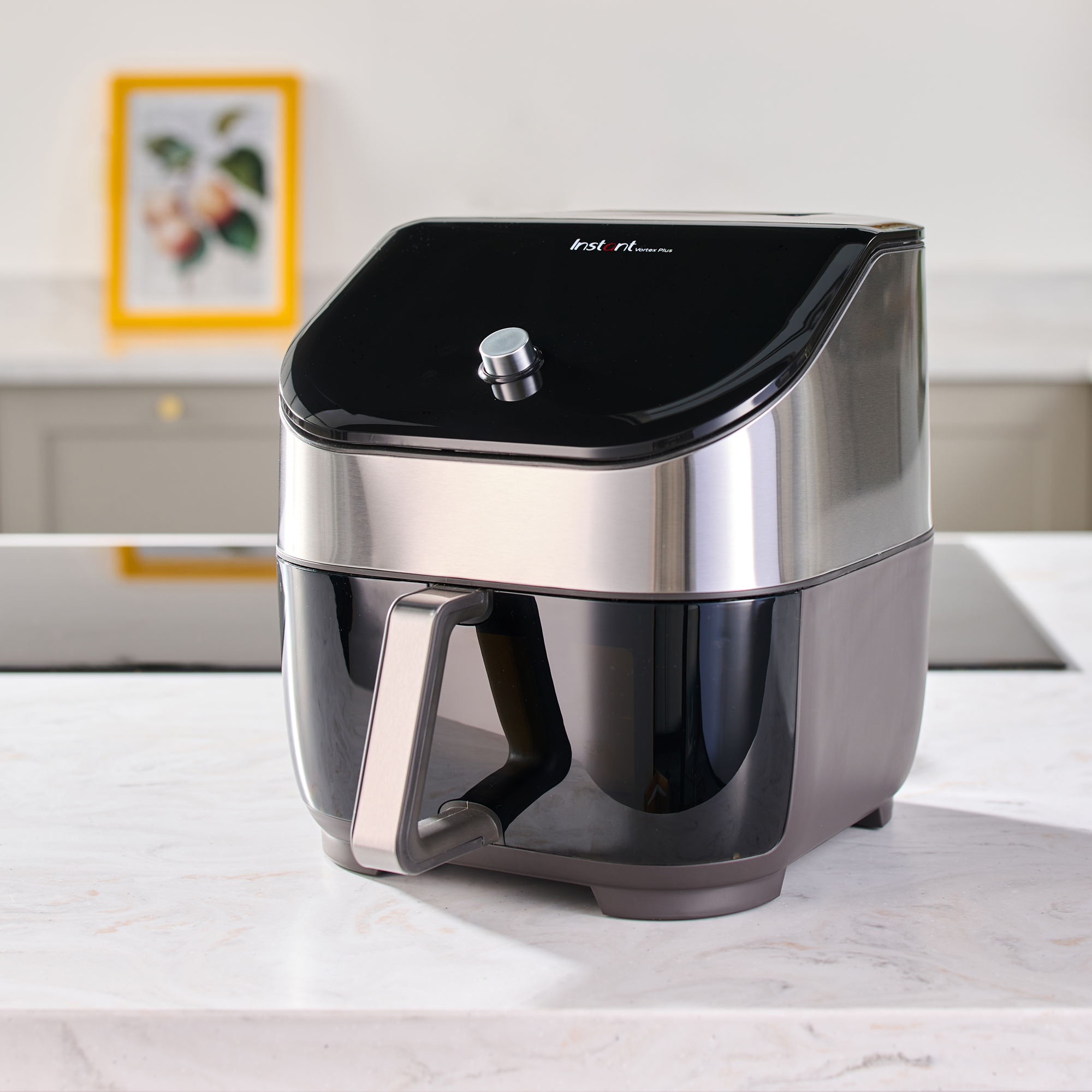 Should an air fryer be on display in a kitchen or hidden away? This is why I always keep my small appliances on the worktop
Should an air fryer be on display in a kitchen or hidden away? This is why I always keep my small appliances on the worktopAre you on team display or neatly hidden away? Share your opinion in the comments
By Rebecca Knight
-
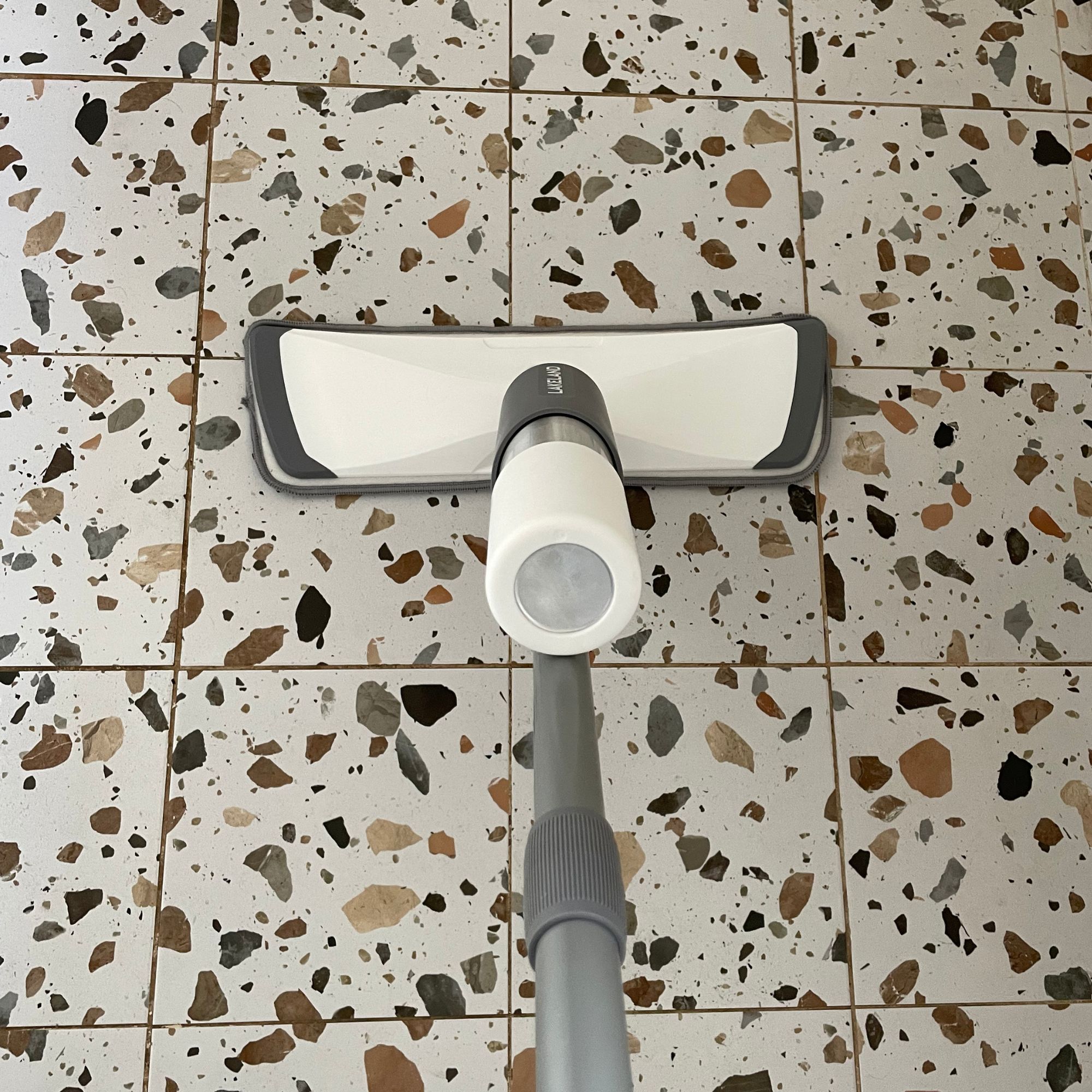 Experts warn that these 5 mopping mistakes are making your floors dirtier — and damaging your floors in the process
Experts warn that these 5 mopping mistakes are making your floors dirtier — and damaging your floors in the processThis is how to keep them clean and avoid costly damage
By Lauren Bradbury
-
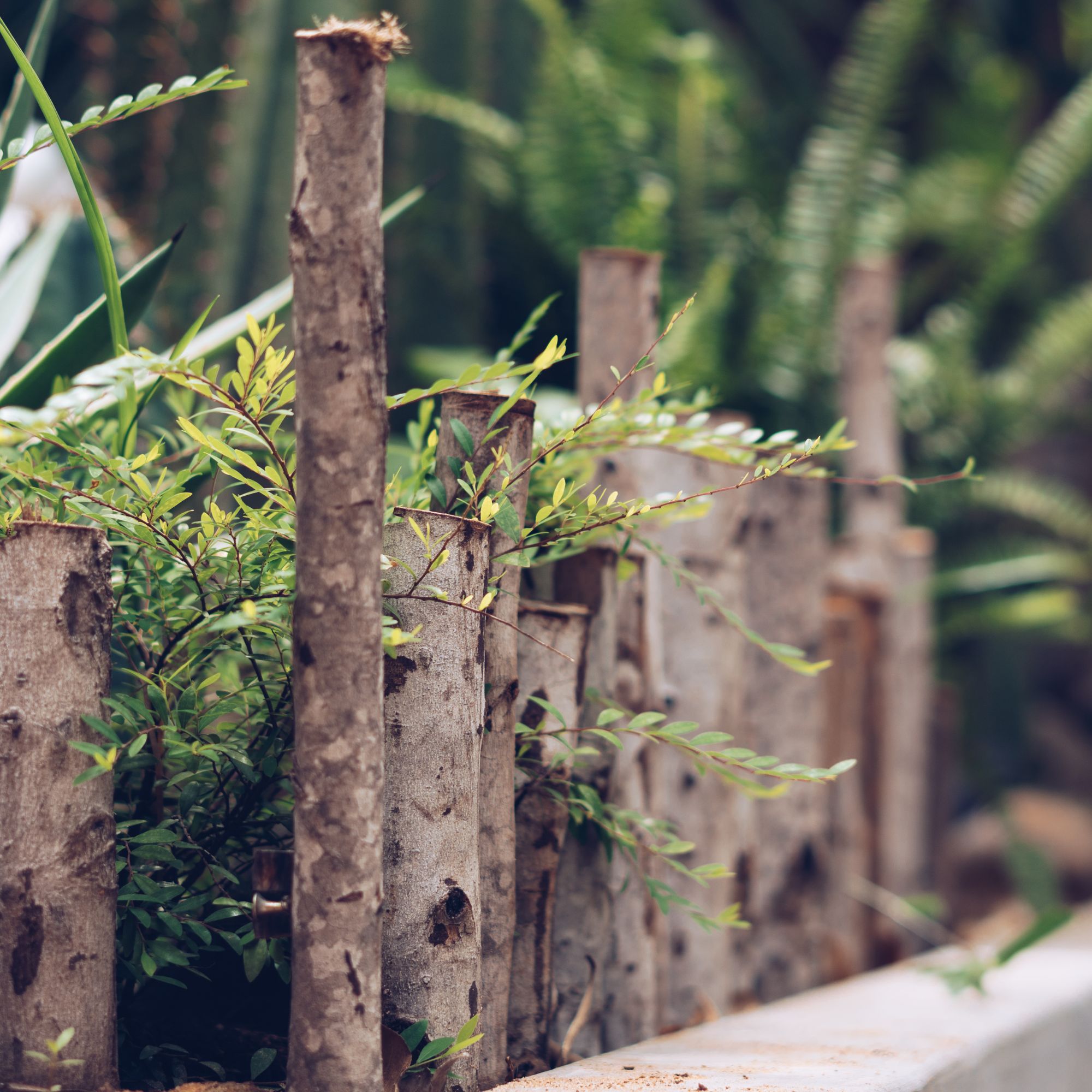 Move over, fences – dead hedges are the wild and wonderful alternative your garden will love and they're easier to build than you'd think
Move over, fences – dead hedges are the wild and wonderful alternative your garden will love and they're easier to build than you'd thinkThe perfect eco-friendly solution for small gardens
By Kayleigh Dray
